Merida
When we were there, Merida became my favorite city of the trip. A lot was going on there: life music, artesanal and craft shops and street sellers, street food, beautiful little plazas, cathedrals, hipster food in colonial ambiance, local yukatanese and mexican cuisine…
Some tips for going out for a coffee:
– Voltacafe
– Green Bag Coffee (if you like strong coffee)
Some tips for going out for a meal:
– Museo de la Gastronomía yucateca
– La Chaya Maya
Some tips for going out for a drink:
– Mezcaleria La Fundacion
– Salsipuedes
Sightseeing:
– Plaza Grande – take a picture with the colorful MERIDA sign
– Catedral de Merida – San Ildefonso – we had an impression that it was open only during the service and was closed otherwise
– Museo Casa Montejo (free entrance) – a colonial building featuring fully-equipped luxury apartment which dates back to the 16th century.
– Museo de la Cuidad de Merida (free entrance)
– Parque de Santa Lucia – sit on the huge white “kissing chairs”
– Paseo de Montejo – wander along the broad street full of beautiful luxurious villas and restaurants.
Progreso
Progreso is a city for tourists. It features a long malecón, paved before and wooden under and after the bridge Muelle Fiscal De Progreso. Almost all buildings on the malecón are hotels. Besides, you can check out a nice street Callejón del Amor, full of street art and installations.
In Progreso you can dine in the beachfront restaurants, there are many of them, but the prices were higher than in the other cities.
When staying in Progreso, you can visit the ruins Xcambo (85 pesos pp. entrance fee) and walk around the pyramids or even climb one, as this is not prohibited.
The hidden Cenote Sayá Bak next to the ruins is a perfect off the beaten path little adventure. You’ll need to walk through the mangroves forest partly through the swamp over a shaky wooden path to reach a little cenote (you can’t swim there, by the way).
Besides, when in Progreso, you can head to Salinas rosas – the place of rustic collection of salt. I strongly recommend precisely observing the little pink plancton creatures swimming in the water. They are just marvelous, somehow dragon-like, looking like something from the pre-human era.
By the way, flamingos can be seen only from the distance there. Unless you have a camera with a decent zoom, you’ll not have their close-up on the photos.
Valladolid
The city of Valladolid has beaten Merida on my preference list. Vivid, colonial, colorful city brings you the idea of how Mexico looked like a century or two ago.
What to see or to do here?
– Main square Parque Principal Francisco Cantón Rosado is always a good idea for a paseo (a walk)
– Catholic church Iglesia de San Servacio
– Convento de San Bernardino de Siena –
in front of the convent, you’ll not miss the colorful VALLADOLID letters.
– Le Muuch is a beautiful place for a relaxed breakfast in a cool (both temperature and ambiance-wise) place.
– Yerbabuena del Sisal has many options for vegetarians, the food is generally very healthy and tasty (it’s open till 5 pm)
From Valladolid, you can take a trip to the Hacienda (and cenote) San Lorenzo Oxman. The entrance fee is 150 pesos pp. Cenote Oxman is a beautiful cave cenote with lianas hanging from the ceiling and a hanging rope for jumping in the water. Wearing a lifewest here is a must.
Holbox
To go to Holbox, an island in the North of Quintana Roo, you’ll need to leave your car in Chiquilá (parking costs 100 pesos a day, you’ll find a parking lot when you enter “parking” in Chiquilá) and to take a ferry to the island.
Ferries leave more or less every 30 minutes. There are two operators: Holbox Express and 9 Hermanos. Ticket price was 200 pesos pp. We could buy it directly before the ferry departure. Before you go, you could buy delicious empanadas “para llevar” for 17 pesos each sold in a cafe next to the ticket counters. Count in the 10-15 minutes waiting time as they are prepared fresh on your order.
On Holbox, a taxi at the ferry terminal costs up 150 pesos. On the way back, you usually pay more as the taxi driver comes to pick you up (we paid 250 pesos).
Bicycle rentals can be found everywhere in the city center. A 24-hour rent cost about 200-250 pesos. A child sit costs an extra 50 pesos. You can also rent a quadrocycle, but it is much pricier, about 100 US dollars a day.
Our apartment was far away from the village center. Or at least it felt far away walking freestyle 25 minutes through the holes and ditches filled with water with a buggy. We rented bikes for 24 hours, and that was the best experience. Still, we needed to drive carefully to not stuck in a ditch, but having freedom of movement was priceless.
For food, I can recommend “Tacoqueto” (Calle pedro Joaquín Coldwell casi esquina Calle Tiburón Ballena Isla, 77310 Holbox, Q.R., Mexiko). They serve savory wheat tortilla tacos (if you, as us, were tired of corn tortillas). Try pastor, chorizo, and chicken (pollo) on a wheat with cheese and extra coriander and onion. Yummy!
For a chic breakfast, head to “Mandarina”.
For the relaxed beach vibes, cocktails, and smoothies – to “Ñaña”.
On Holbox, you can “rent” a dog for a walk from a shelter Refugio Holbox Animal Sanctuary (https://www.refugioanimalholbox.com/). It’s located next to the Holbox market. We did so, but our dog noticed our uncertainty in handling her and behaved somewhat difficult for us, so we didn’t take any pictures from the walk, as we were handling both the dog and Mia running in different directions… Of course, you can also support the shelter with food or money. You can also visit the animals and spend some time with them.
Tip: when choosing a hotel to stay, keep in mind that in the eastern part of the island chicker options are available, but the beach can be full of seagrass, as we witnessed it during our trip.
Puerto Morelos
Our last stop was in Puerto Morelos.
We were staying at the beach house in Casa Kayab (Boulevard el Cid 15, 77580 Puerto Morelos, Q.R., Mexiko, https://casakayab.mxhotel.site/de/).
Going for a swim there was rather difficult, as there were many corals and sharp stones. We needed to walk about 700 meters to the South, to the neighbor haven, to be able to get into the water.
At the beach, we’ve seen numerous turtle eggs shells. I was so excited at the thought that some weeks before little turtles were hatching and heading into the sea through the sand!
While walking along the beach we were seeing hundreds of beautiful corals that were thrown at the shore by the waves.
We also went to the city of Puerto Morelos for grocery shopping and sightseeing. The city is relatively small, with many restaurants, souvenir shops, and a central park, where salsa lessons are given.
Resume
Traveling in Yukatan and Quintana Roo was easy, as the peninsula is very much beloved by tourists from all around the world. We generally felt safe everywhere, the people were friendly and we didn’t have difficulties finding food suitable for our European stomaches.
You’d make it through the trip without Spanish, as many Americans have vacations here. Speaking the language (which I do) was still a huge advantage for understanding locals easier.
After finishing our trip, I would optimize our travel route the following way: skipping Playa Carmen, Merida and Progreso, spending more time in Akumal on it’s perfect beach and in Valladolid visiting cenotes and archeological zones (Coba, Ek Balam) from there. Thus, your optimized route could be Cancun – Akumal – Tulum – Valladolid – Holbox.

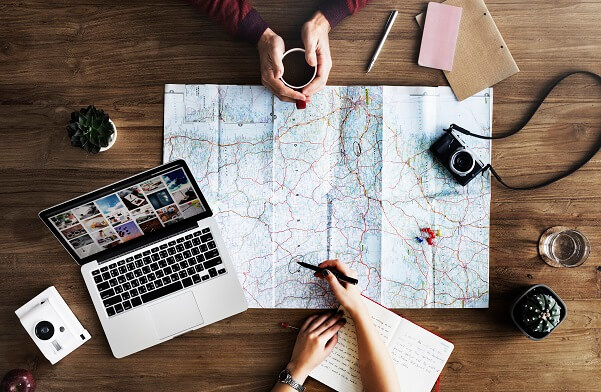
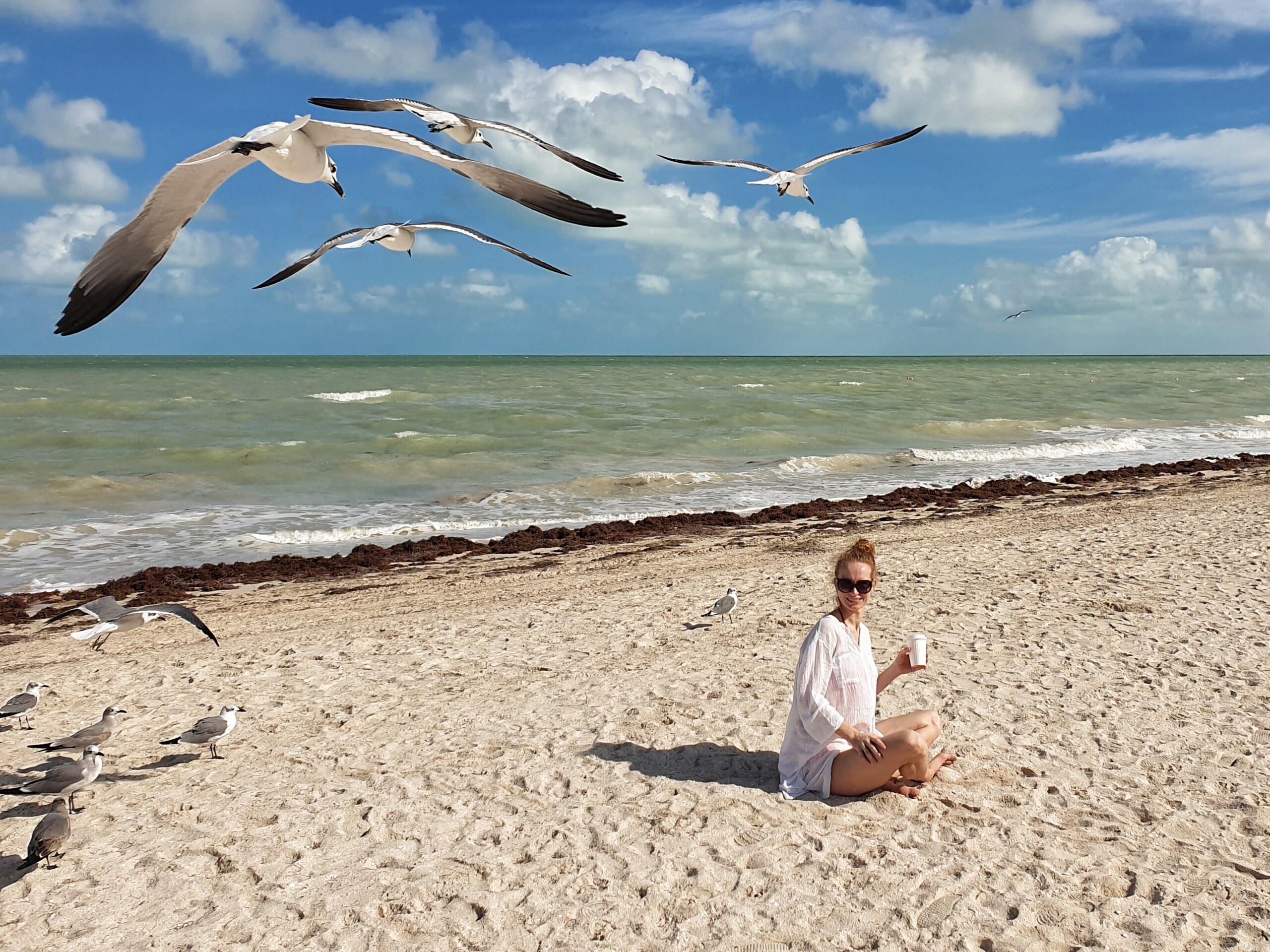
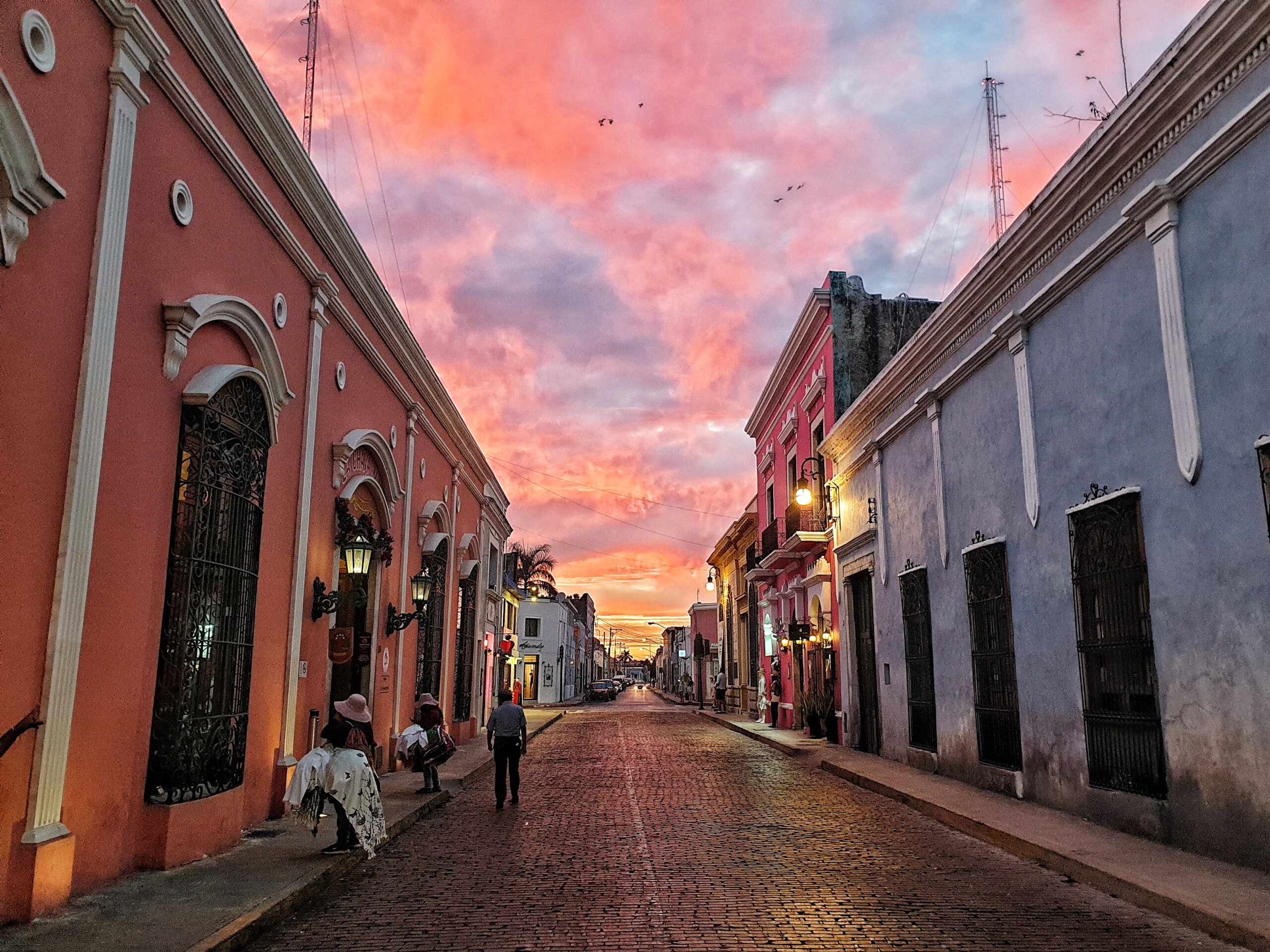


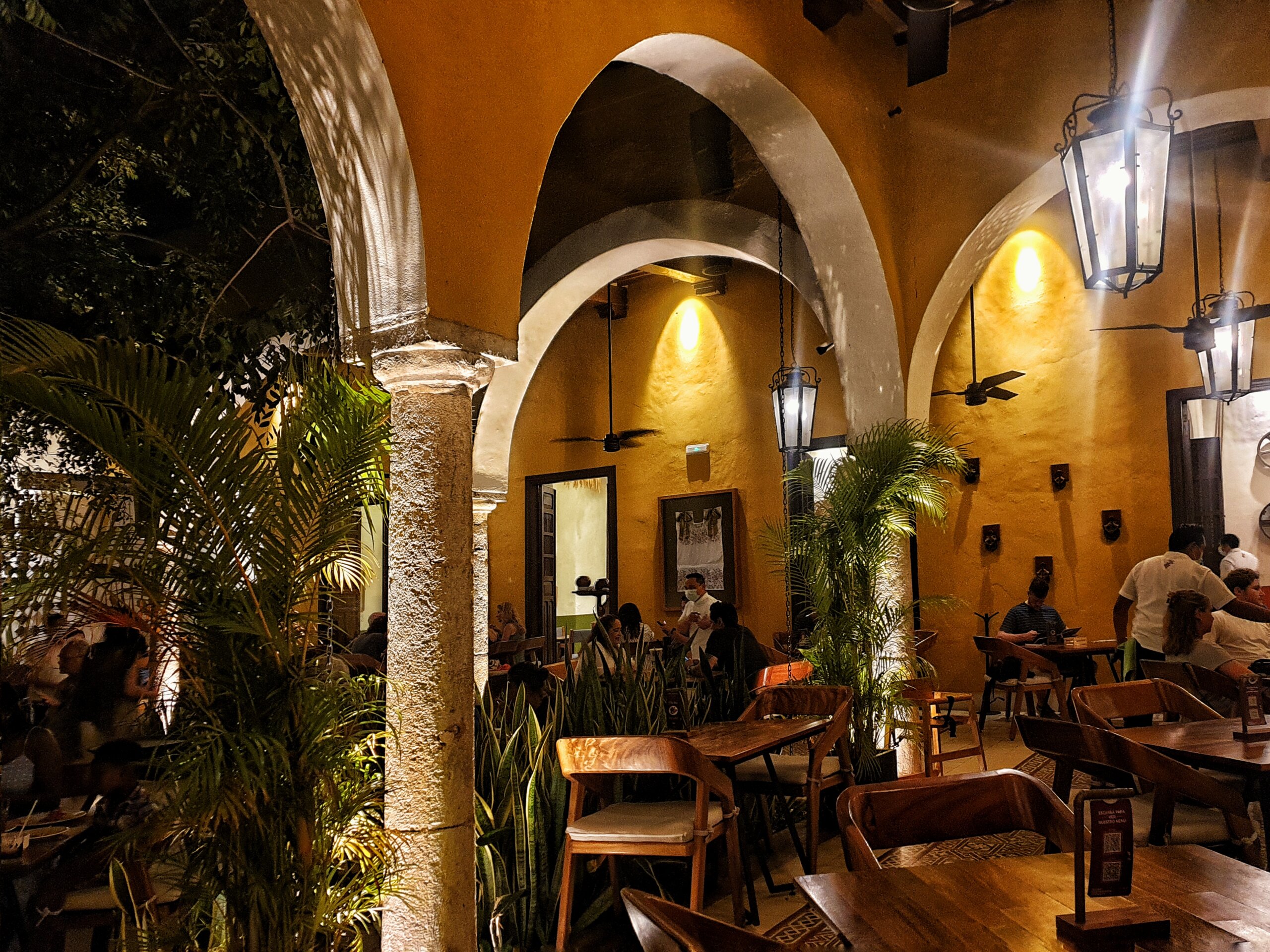
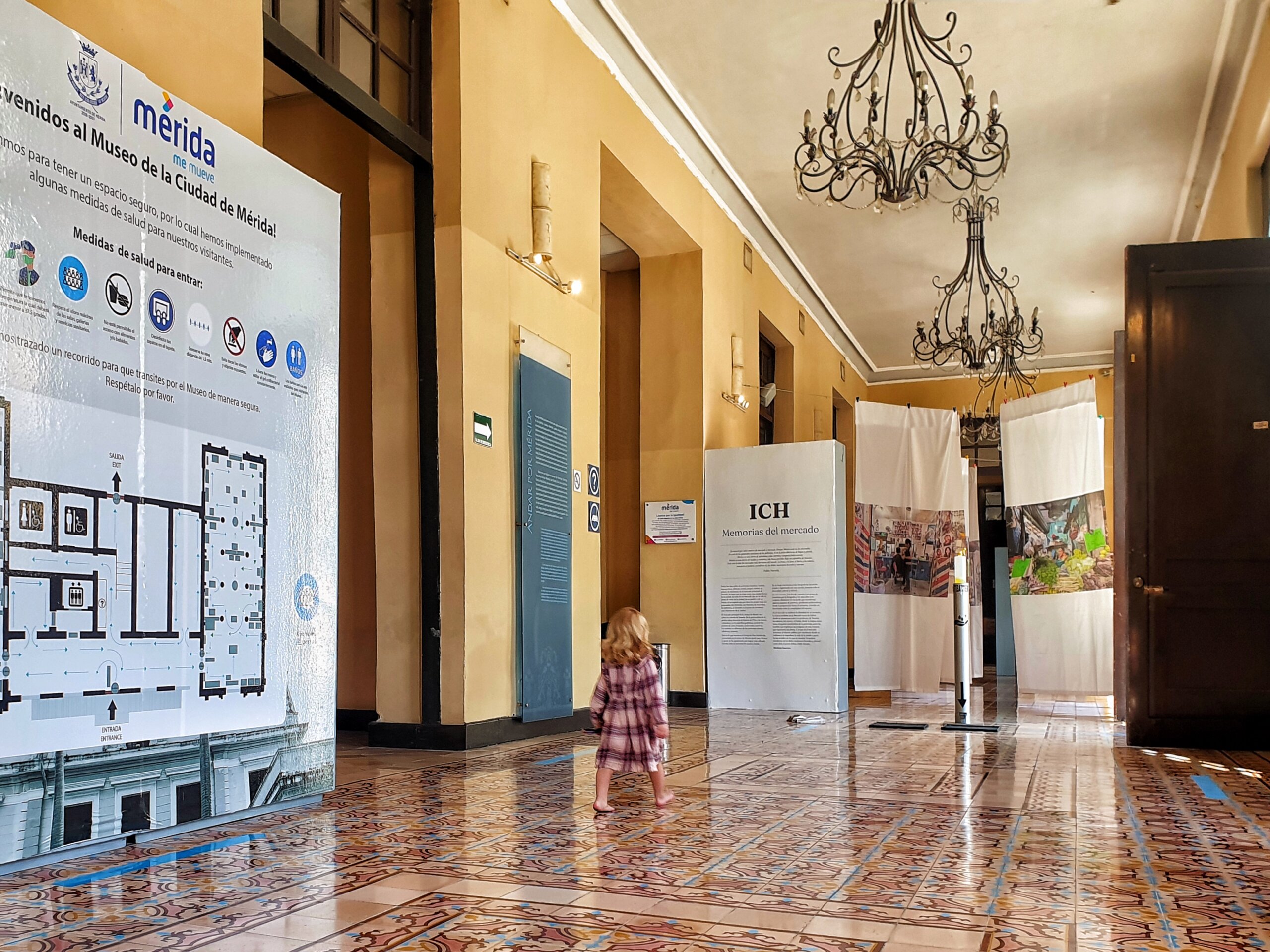
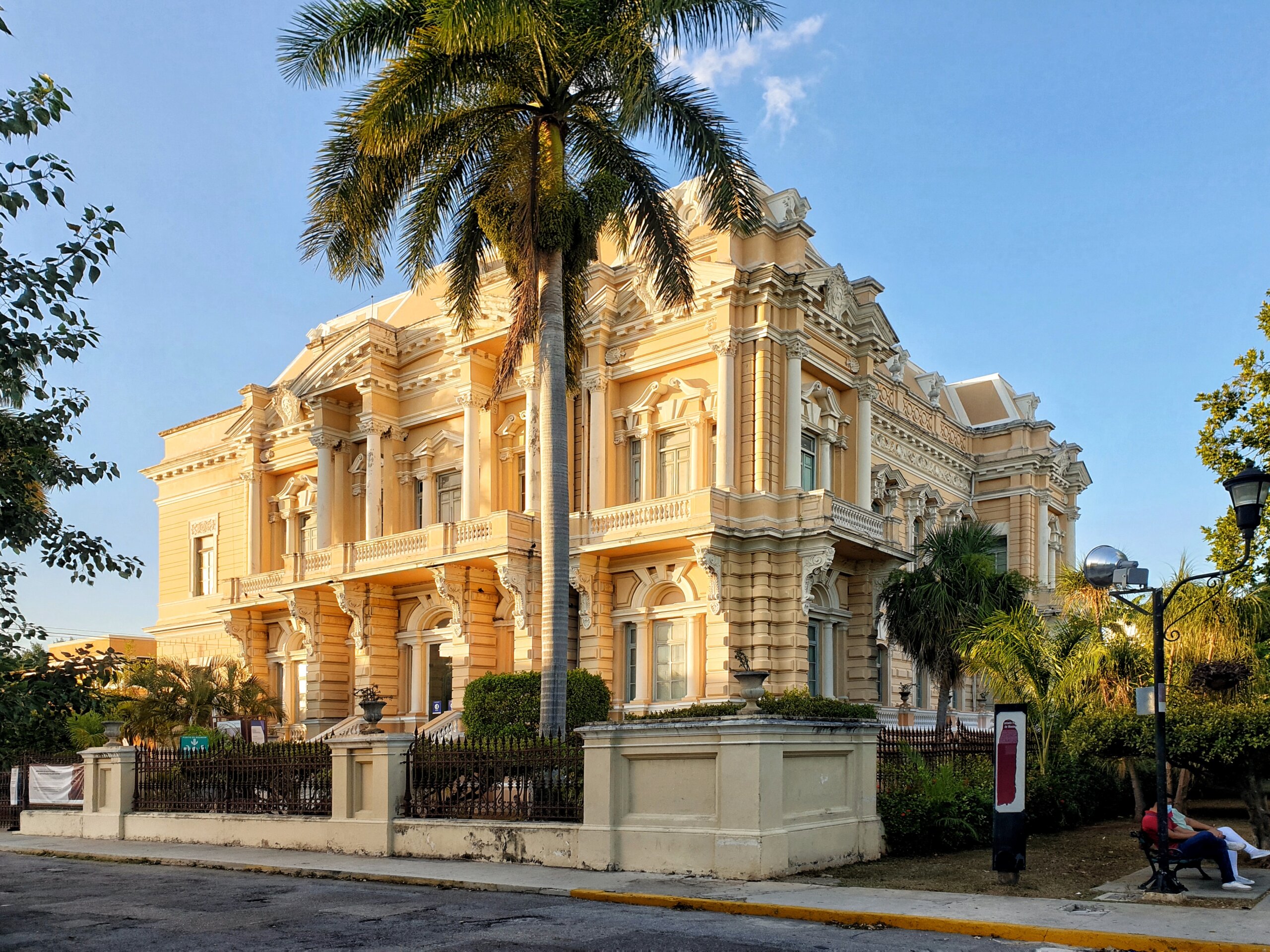
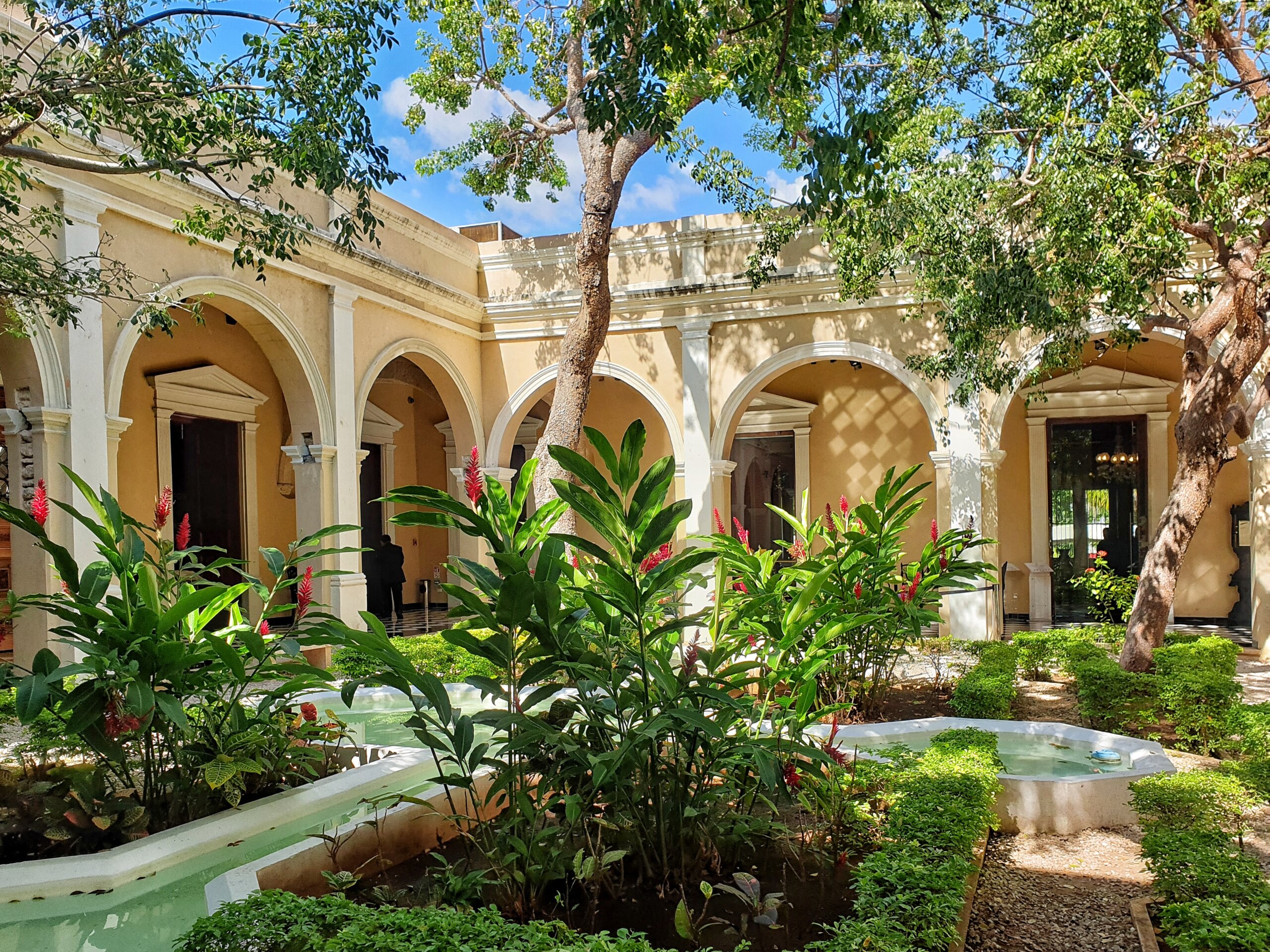
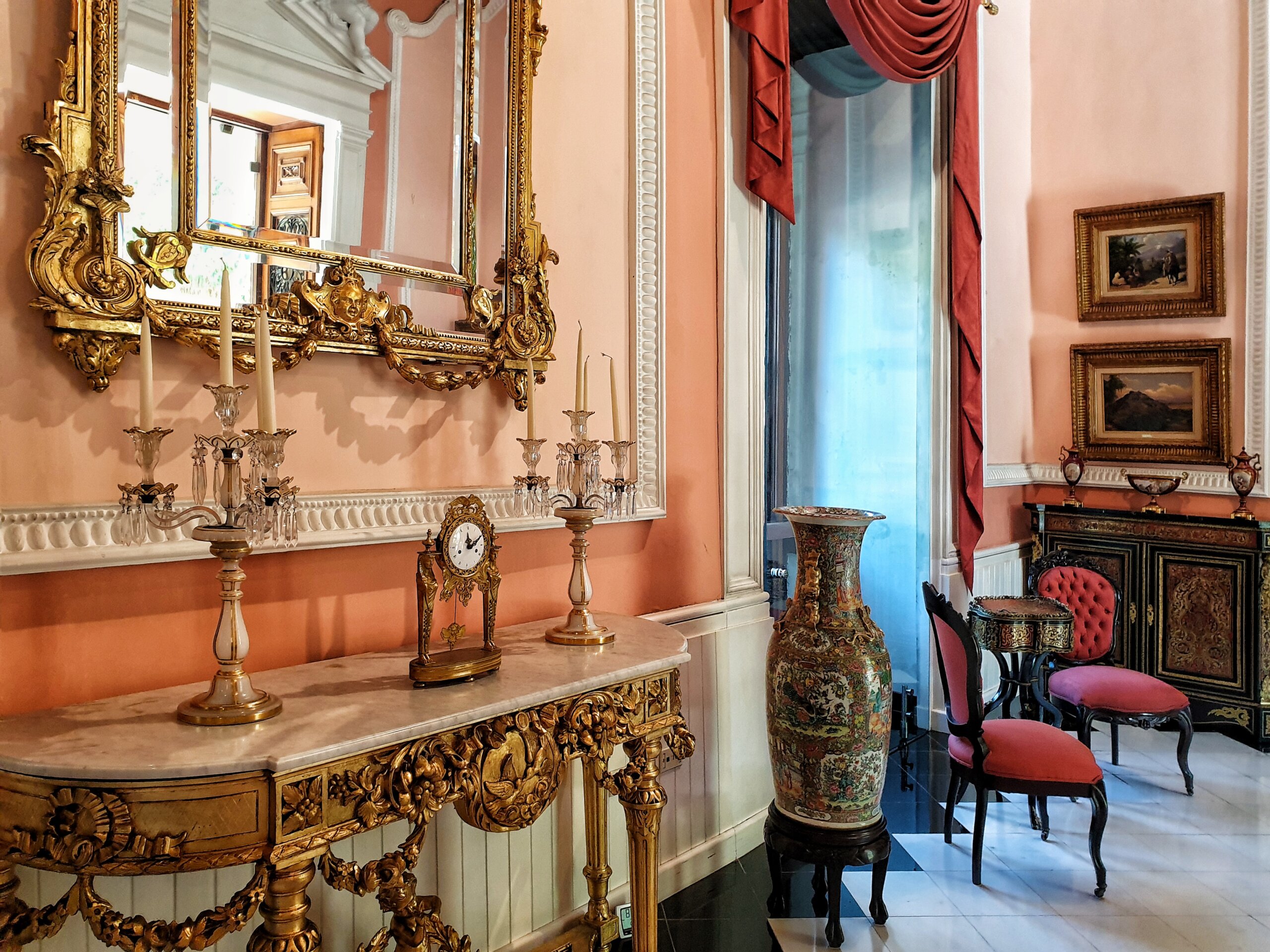
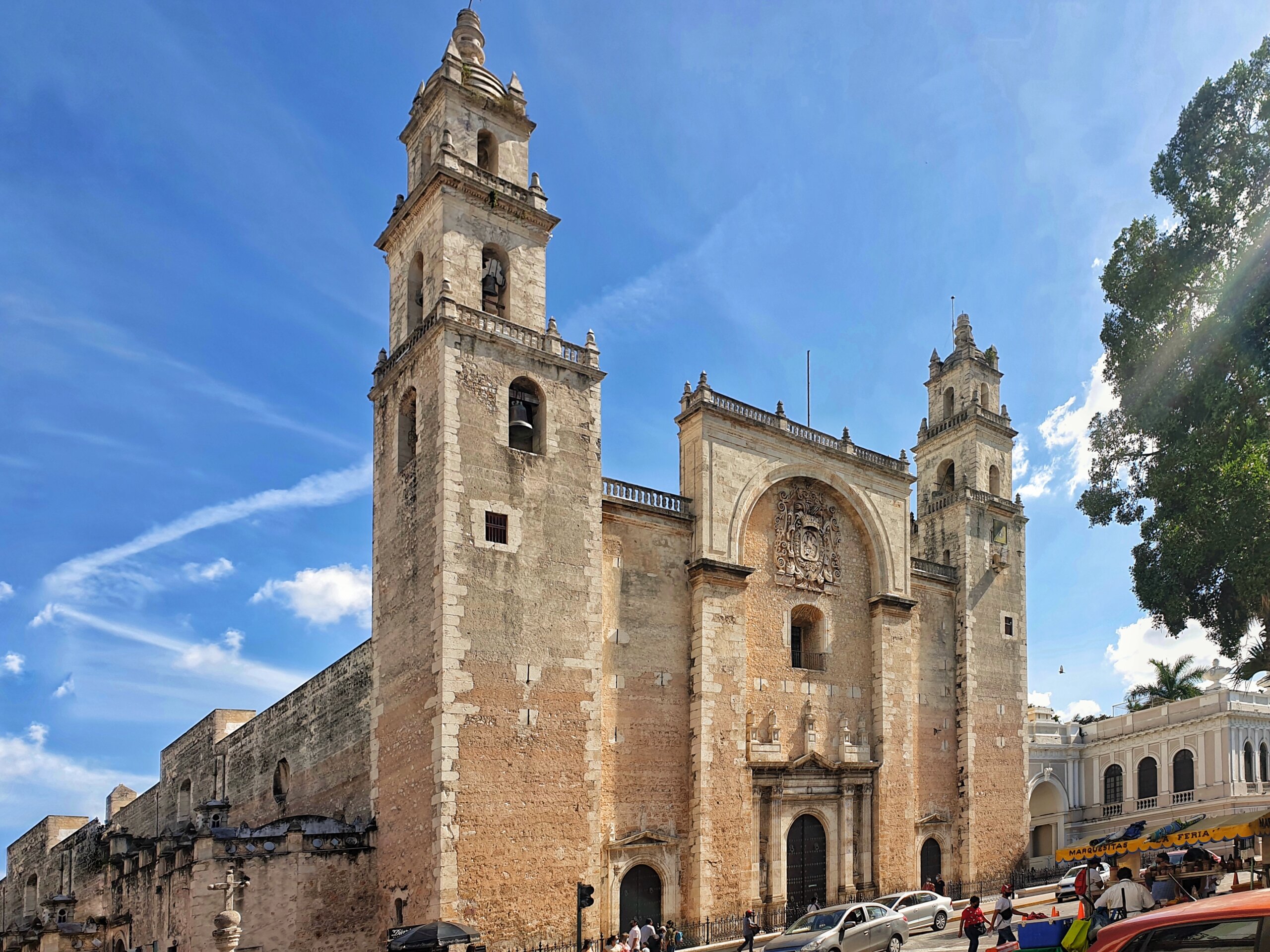
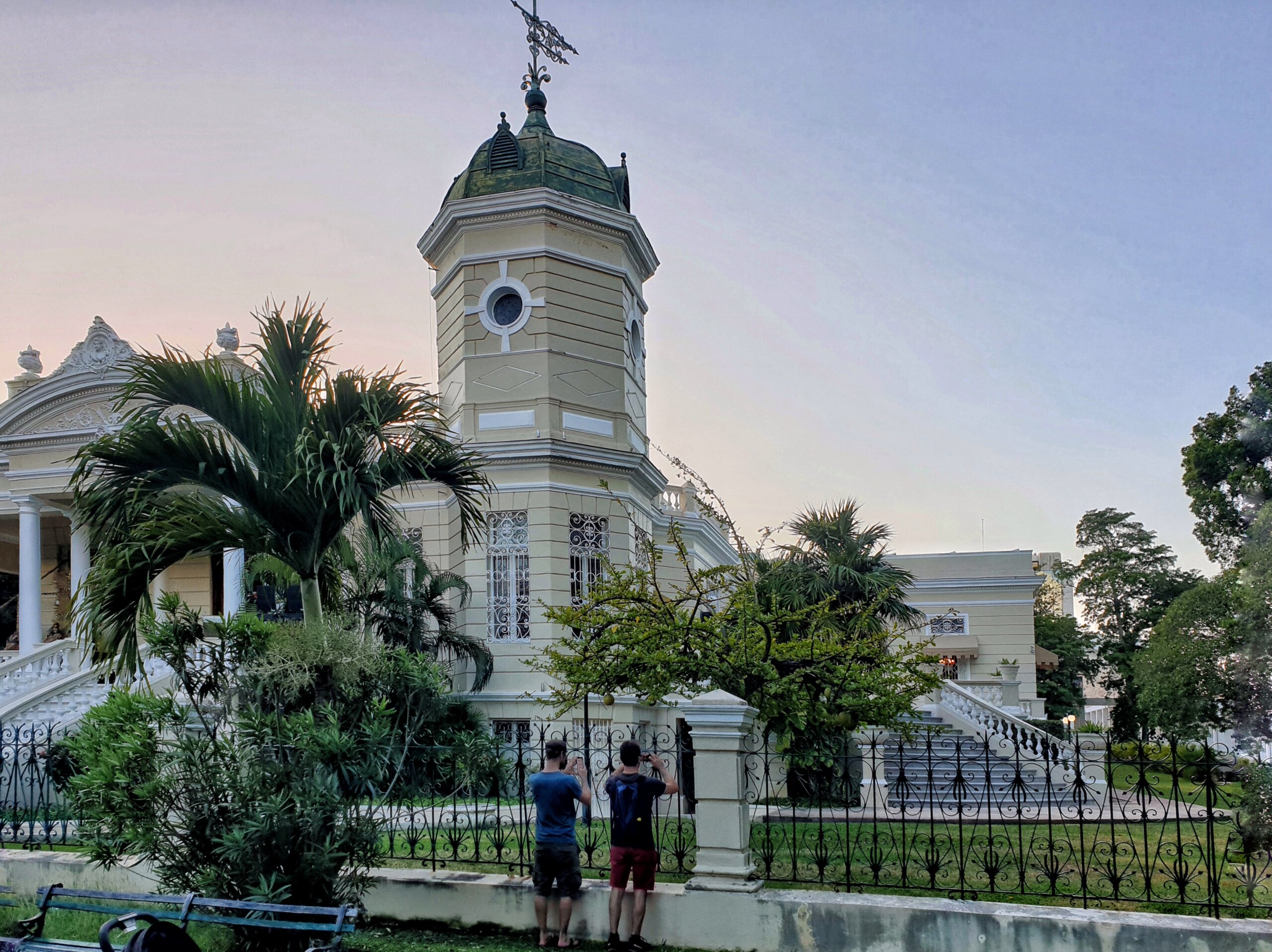
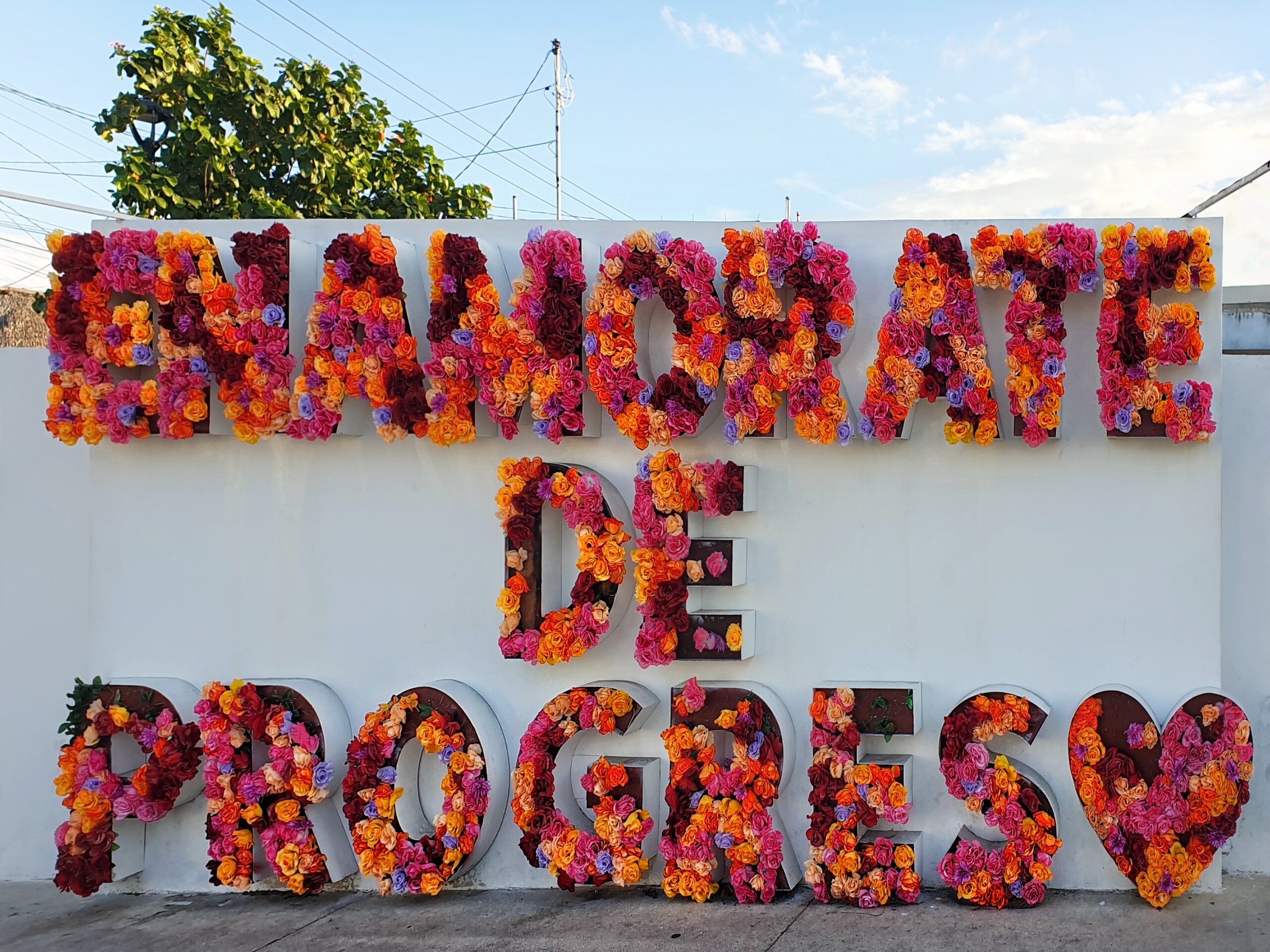
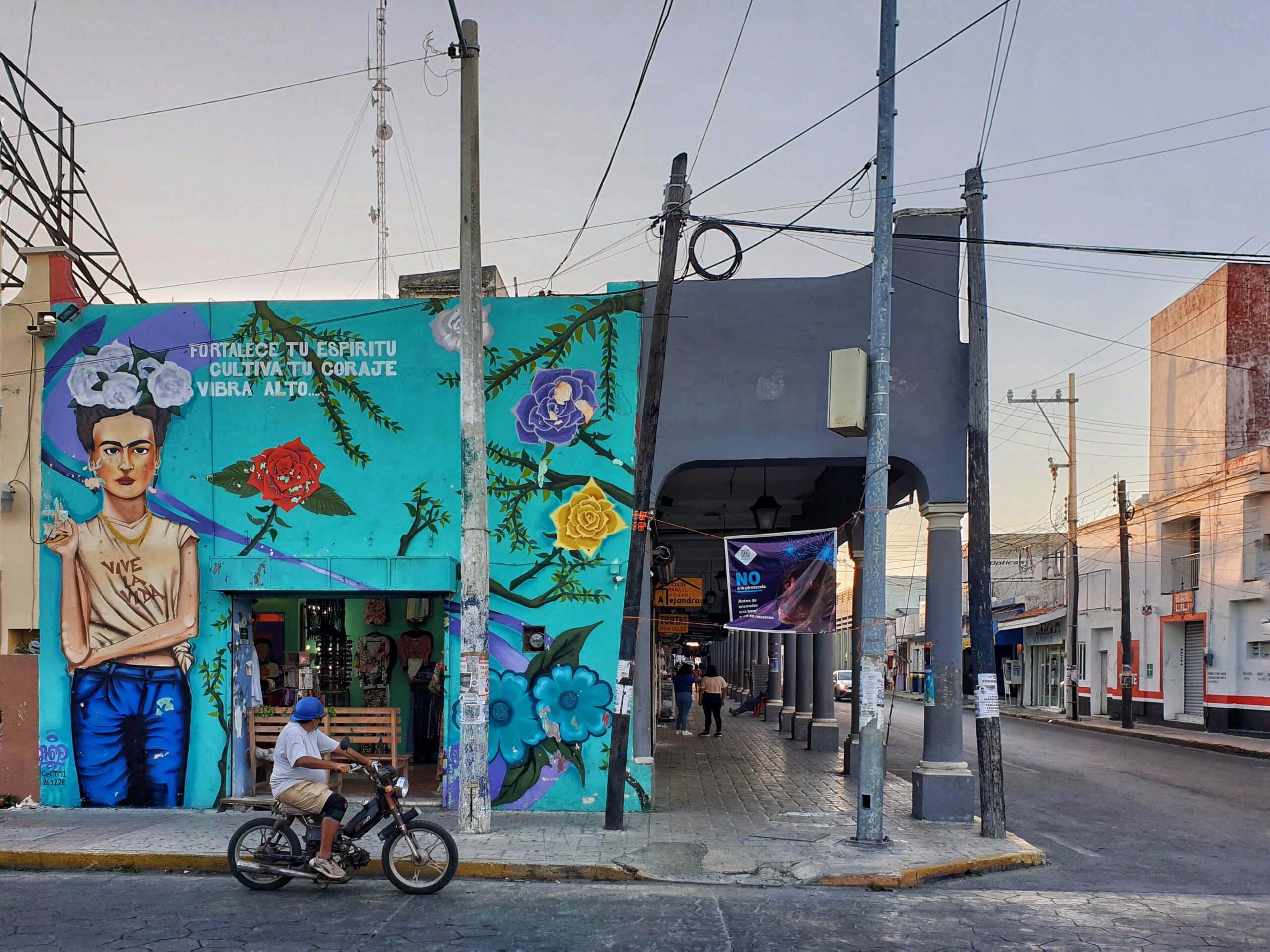

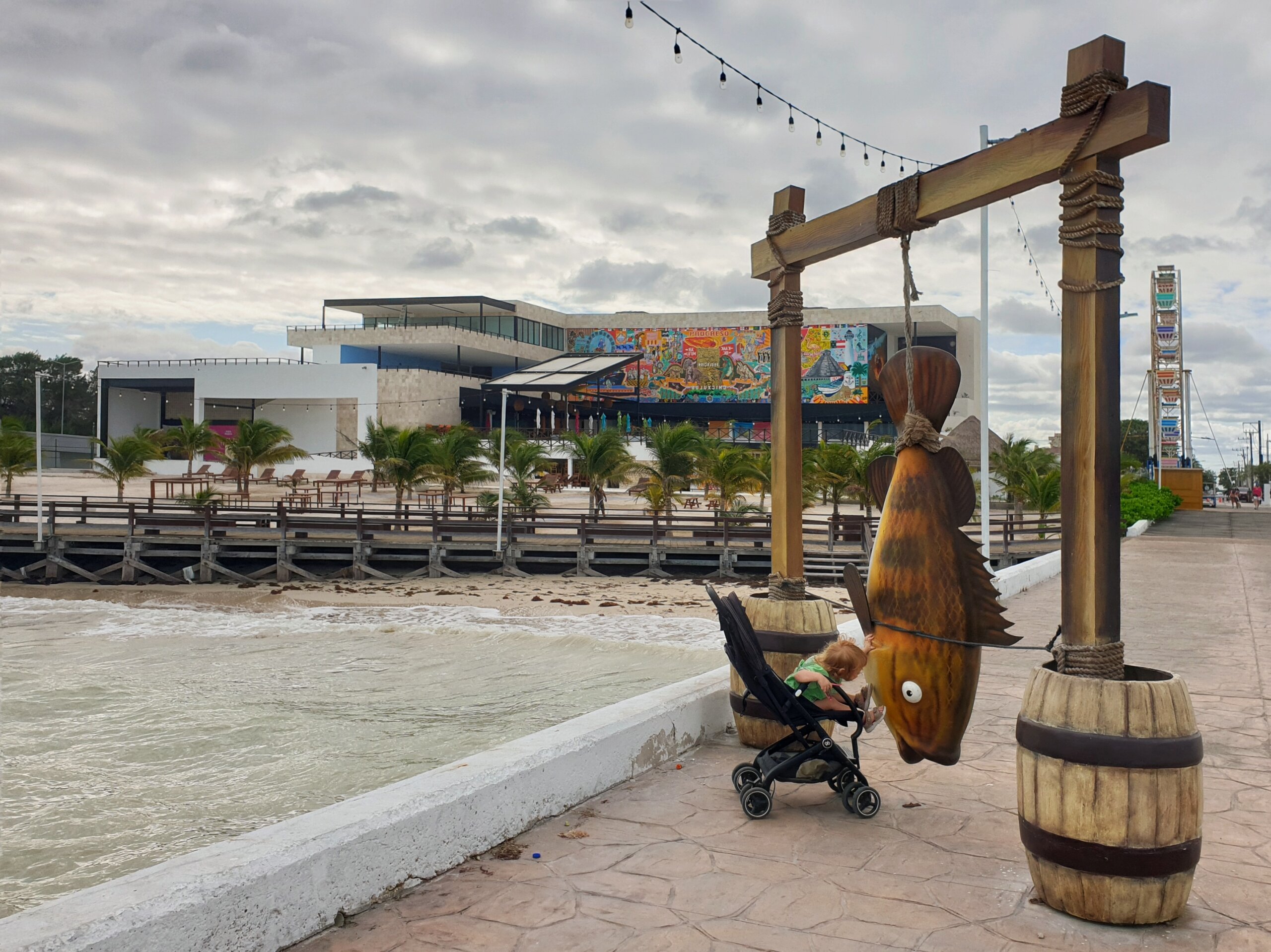
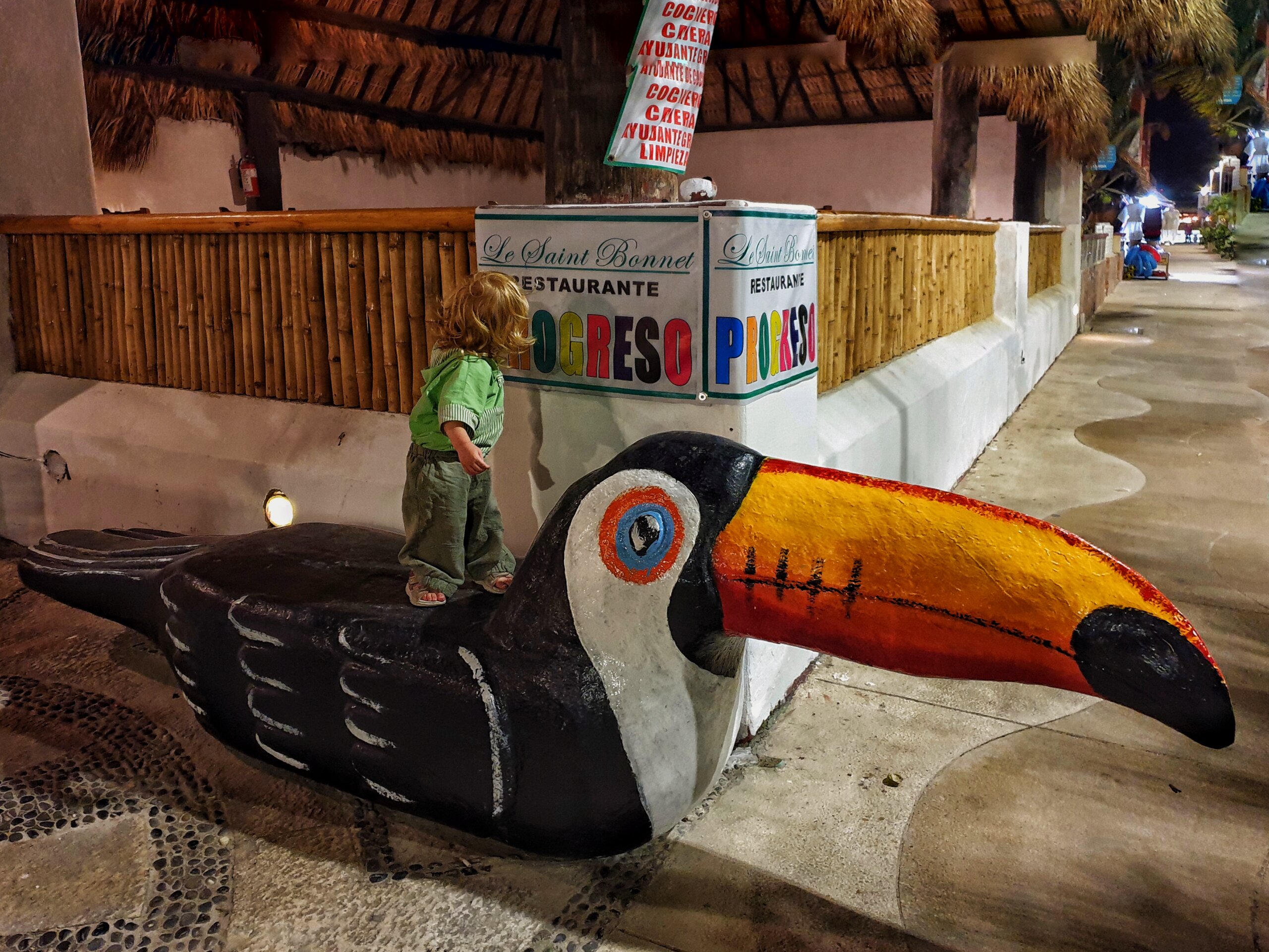
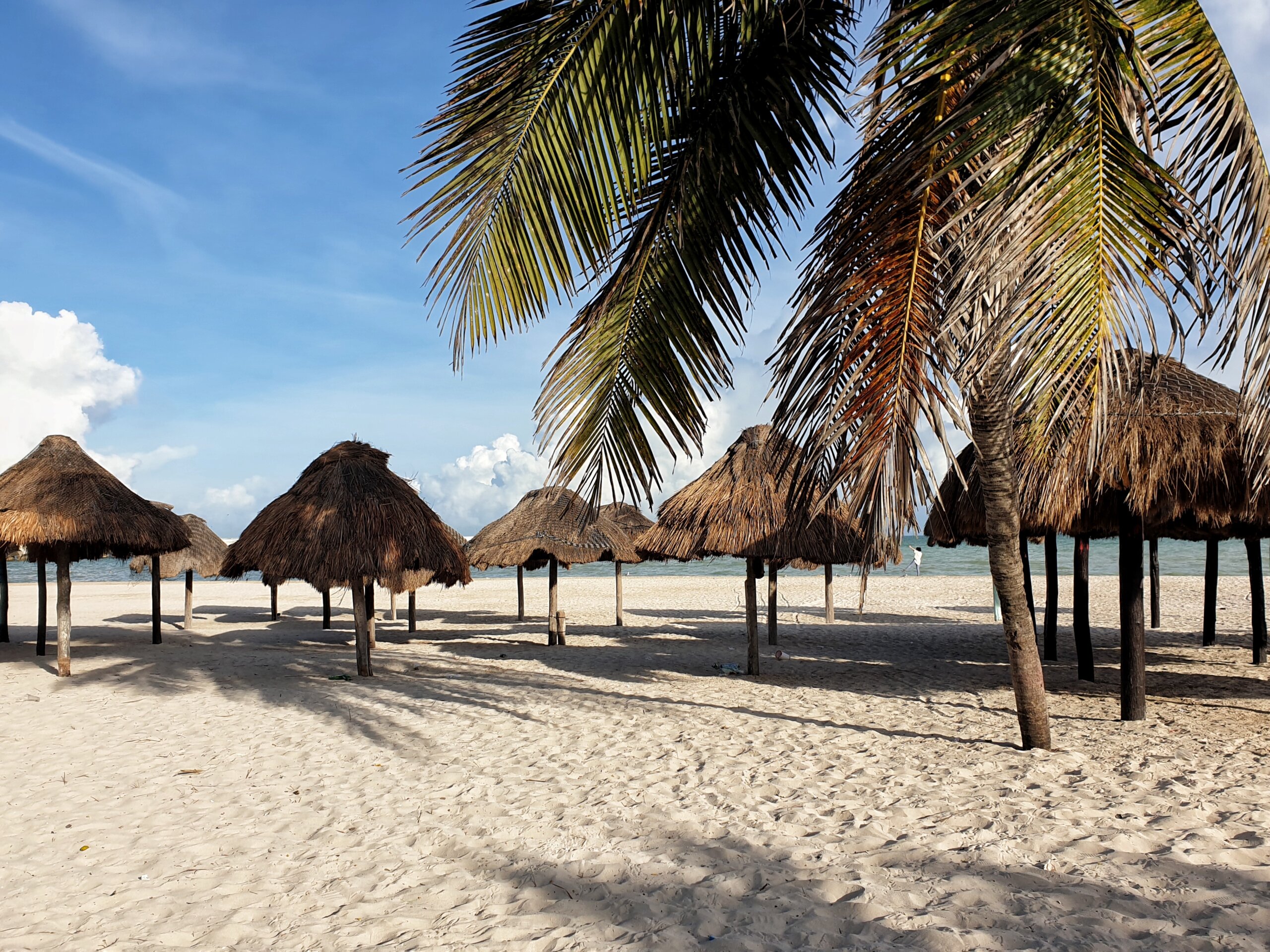
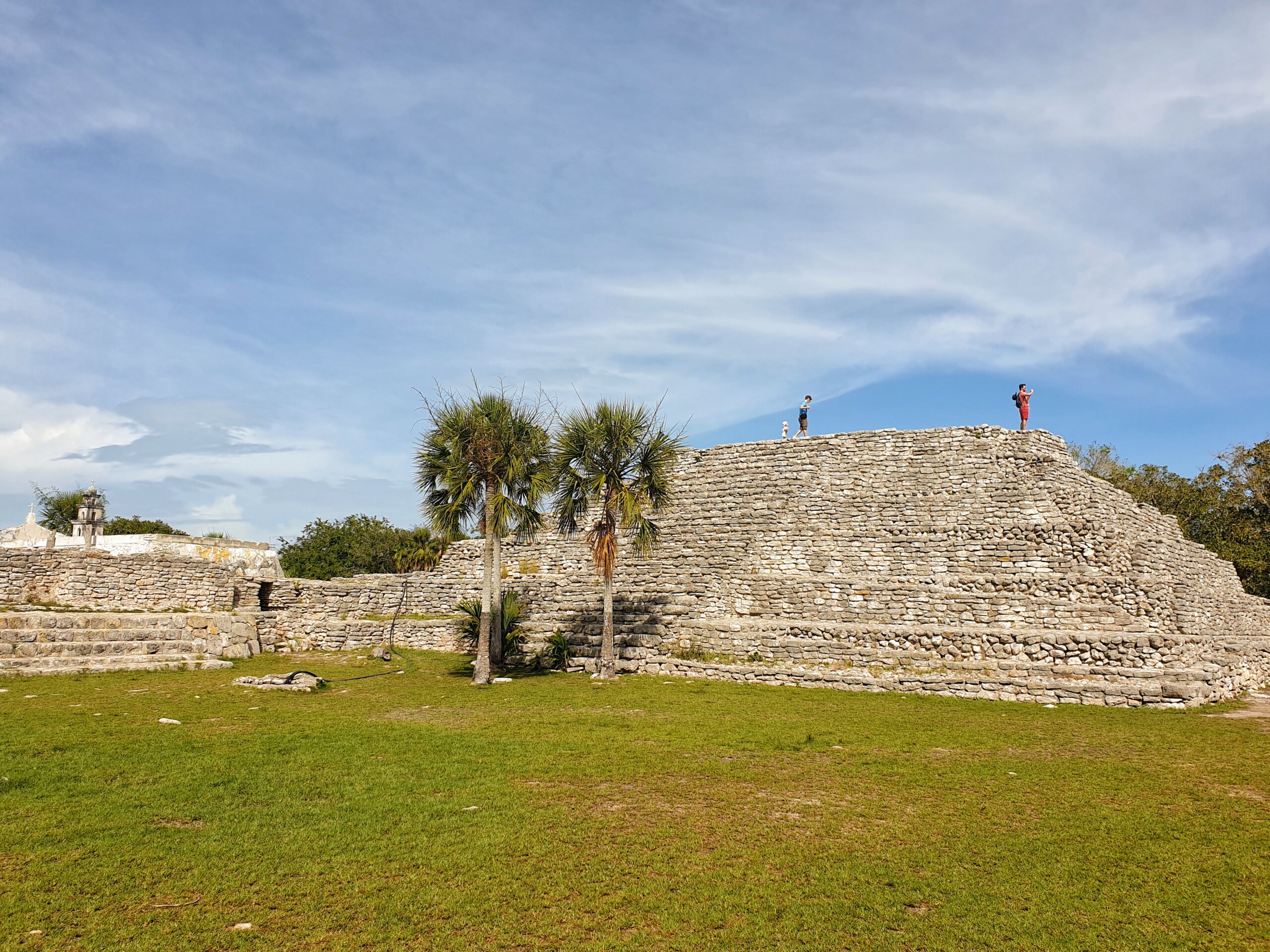

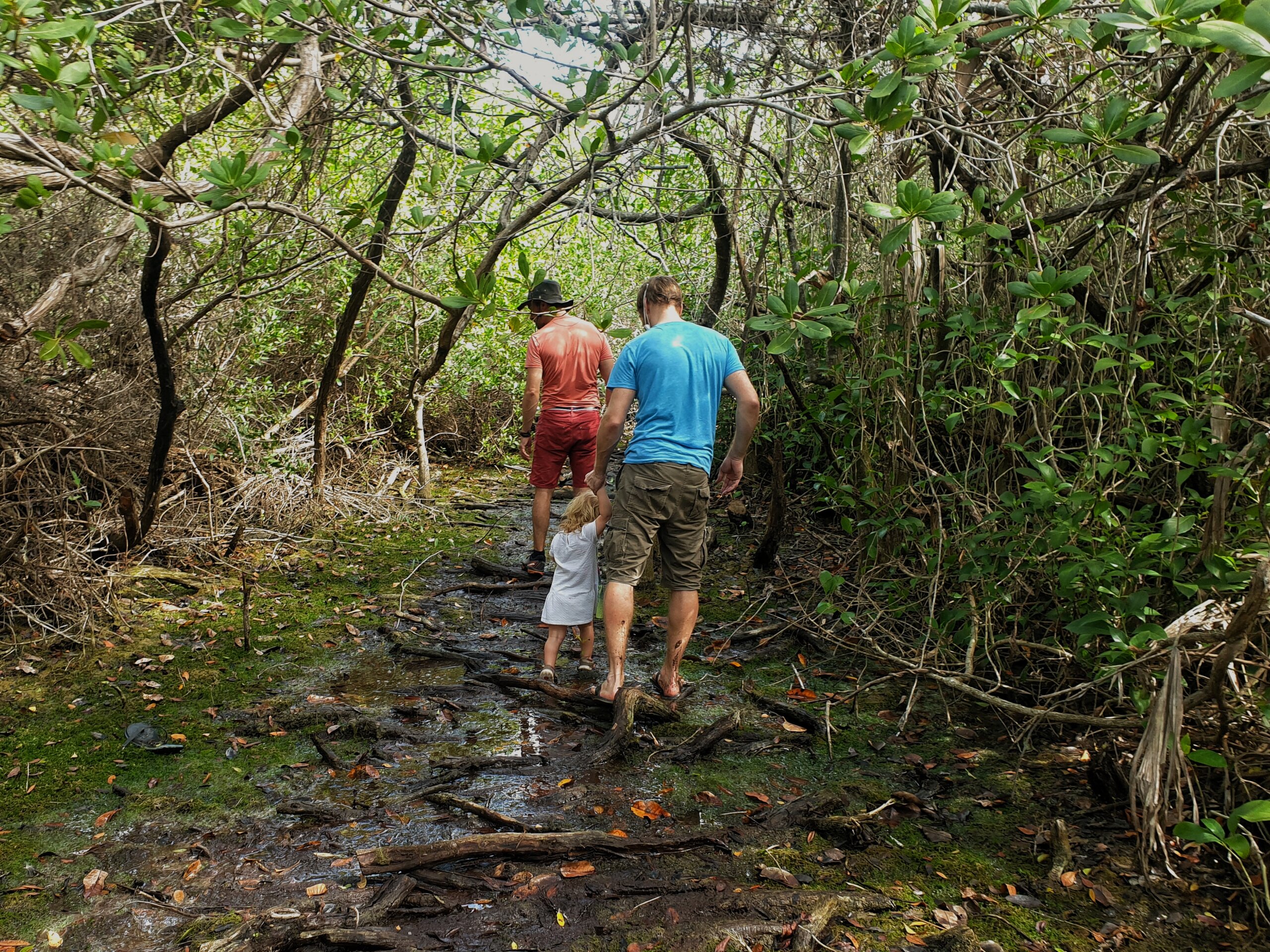
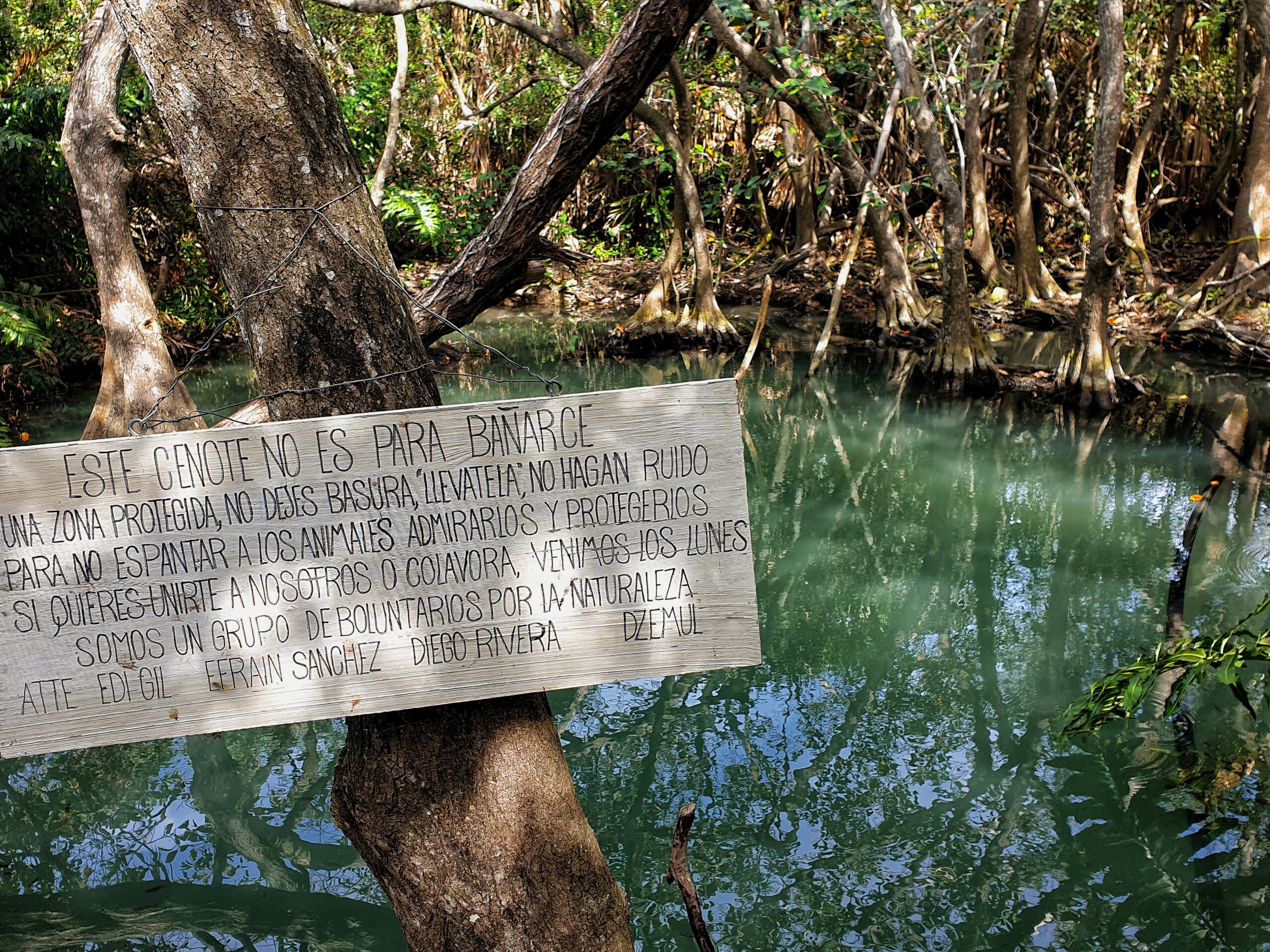
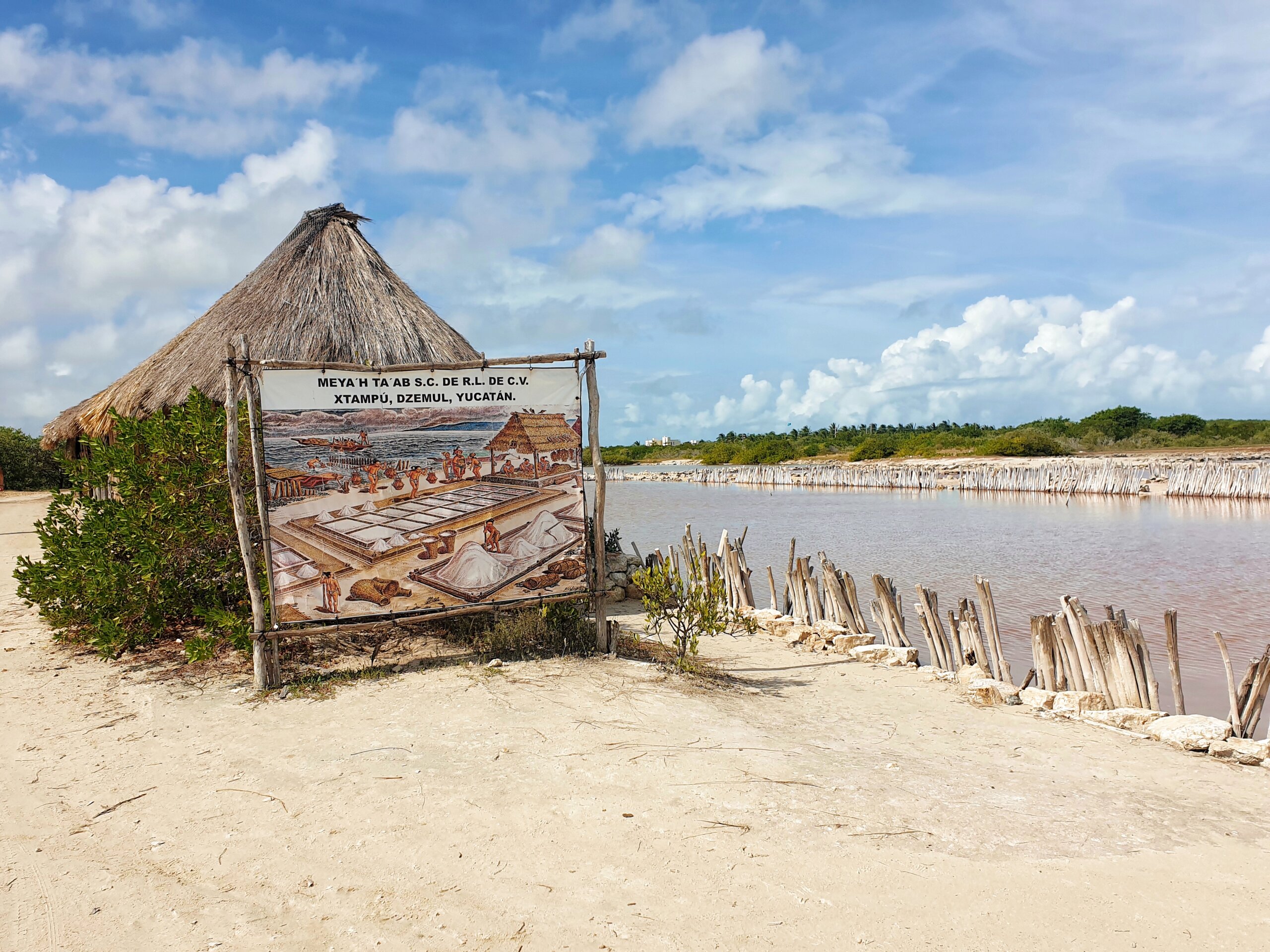
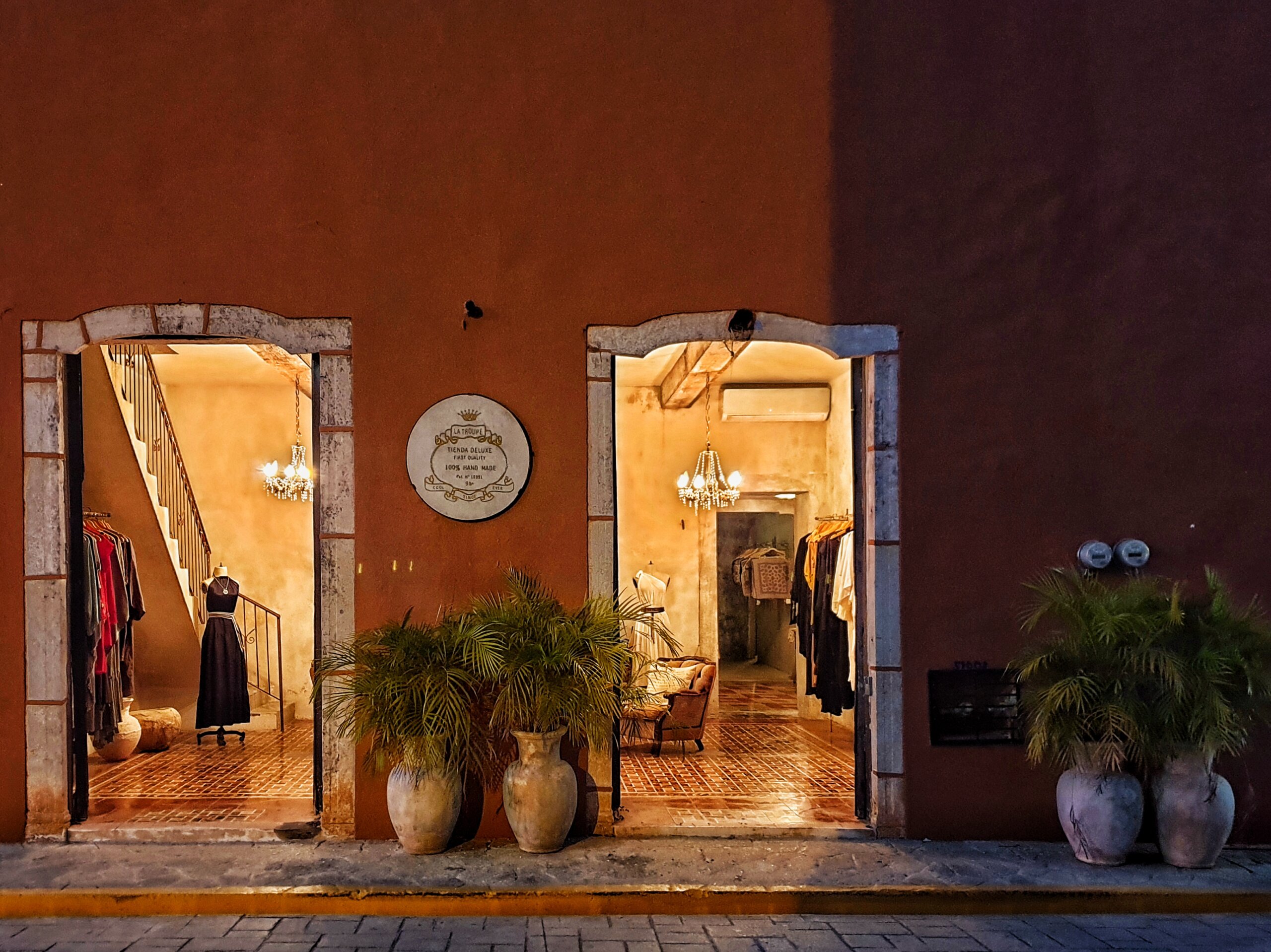


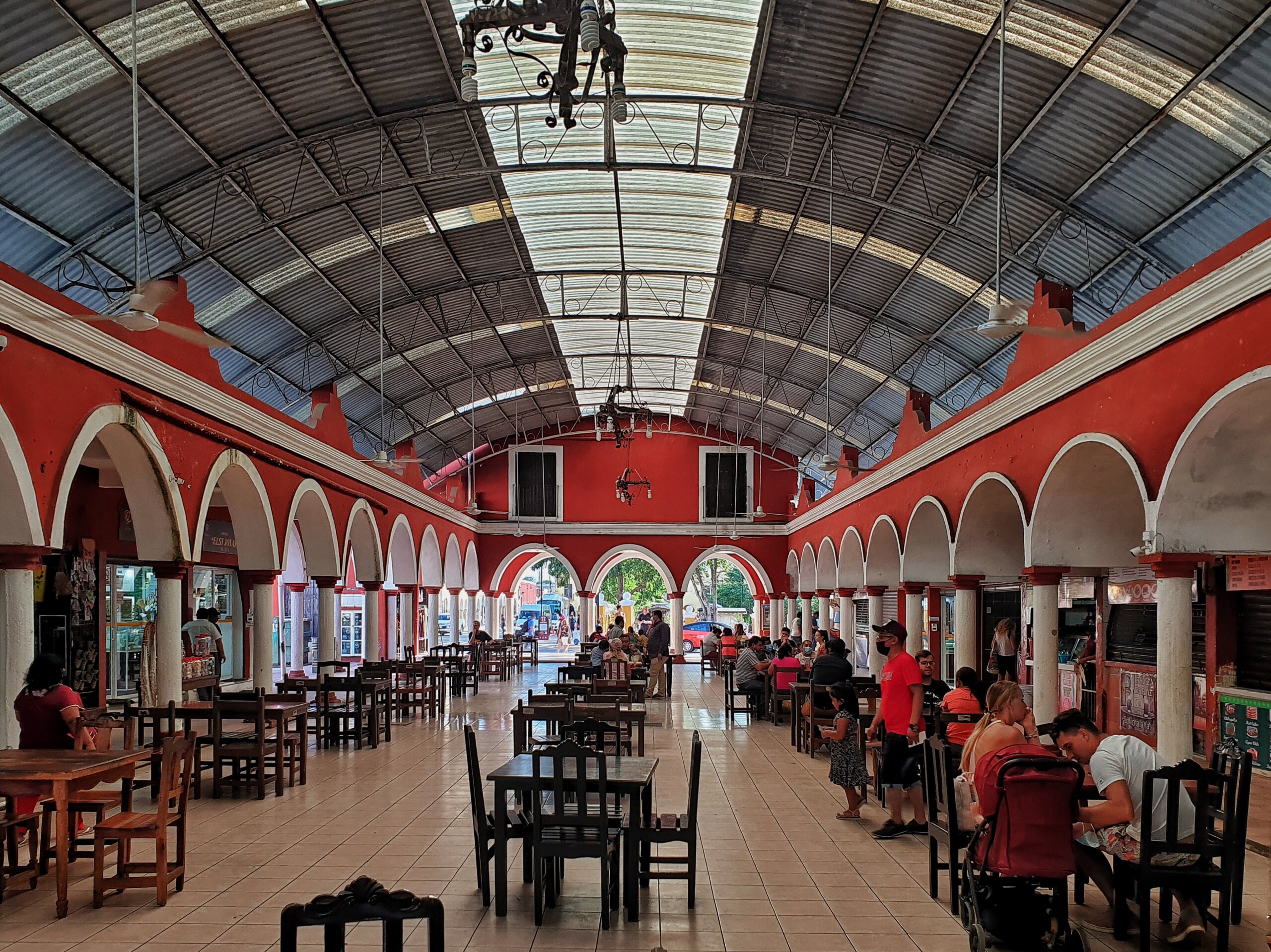
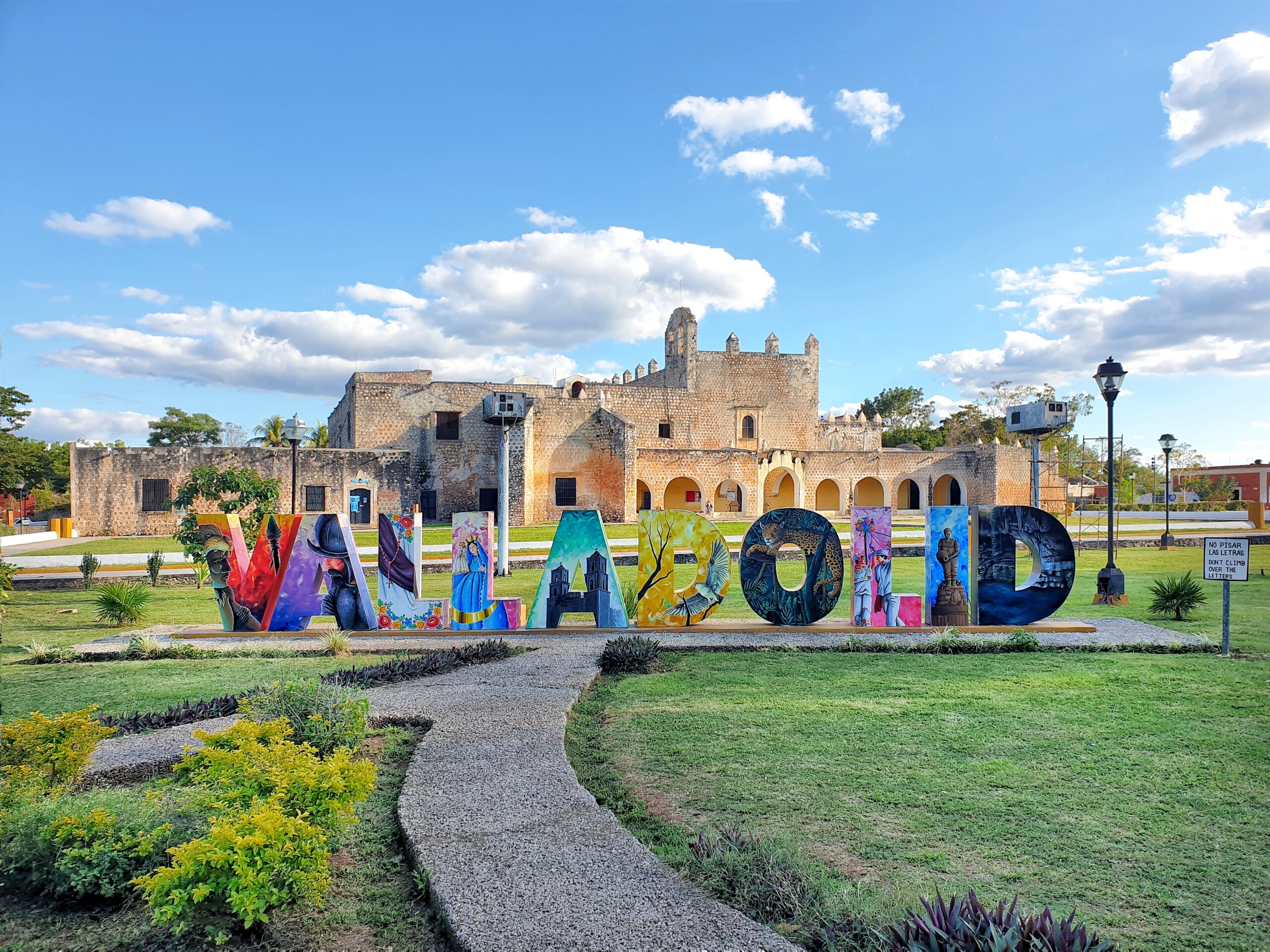
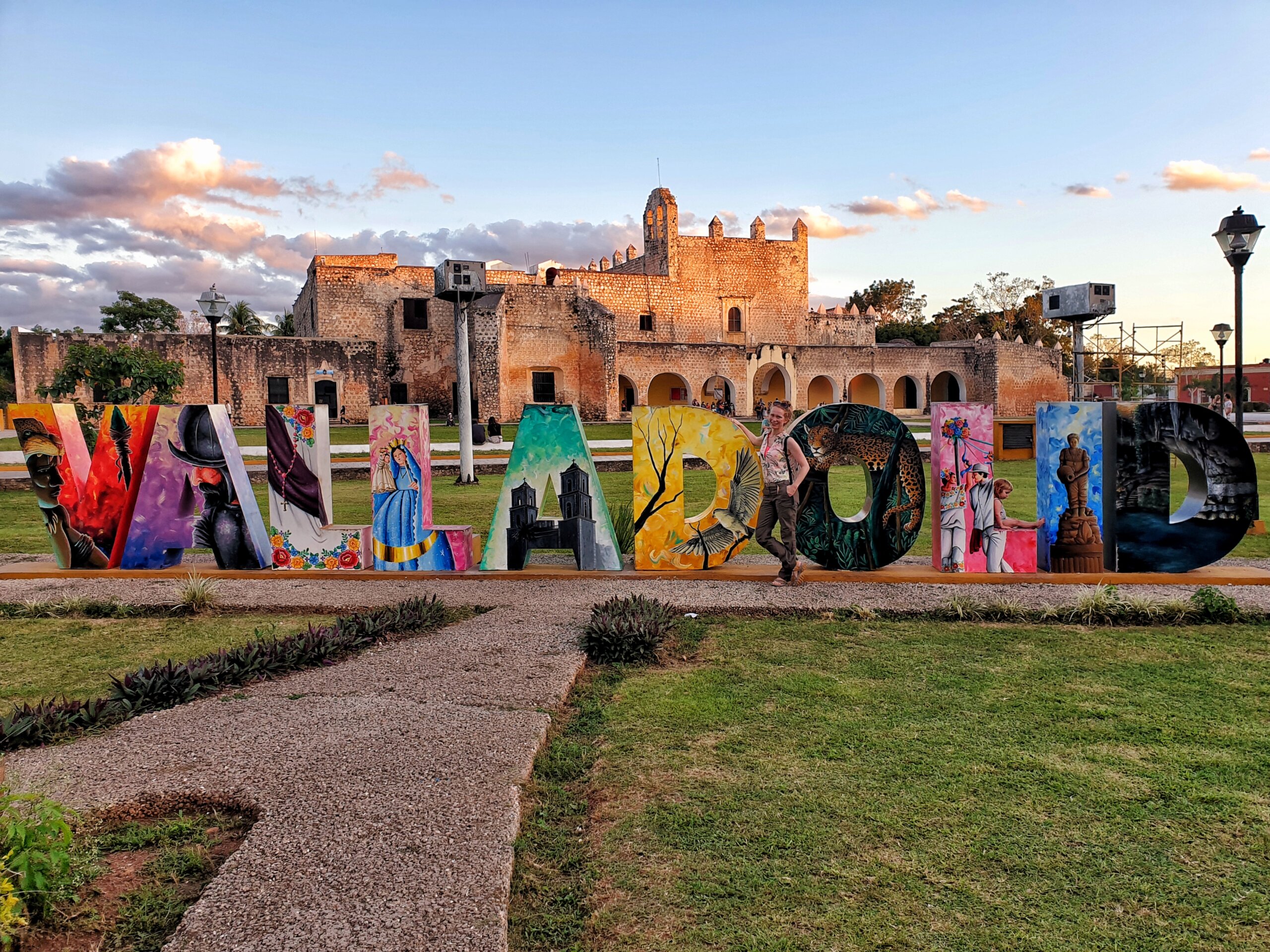

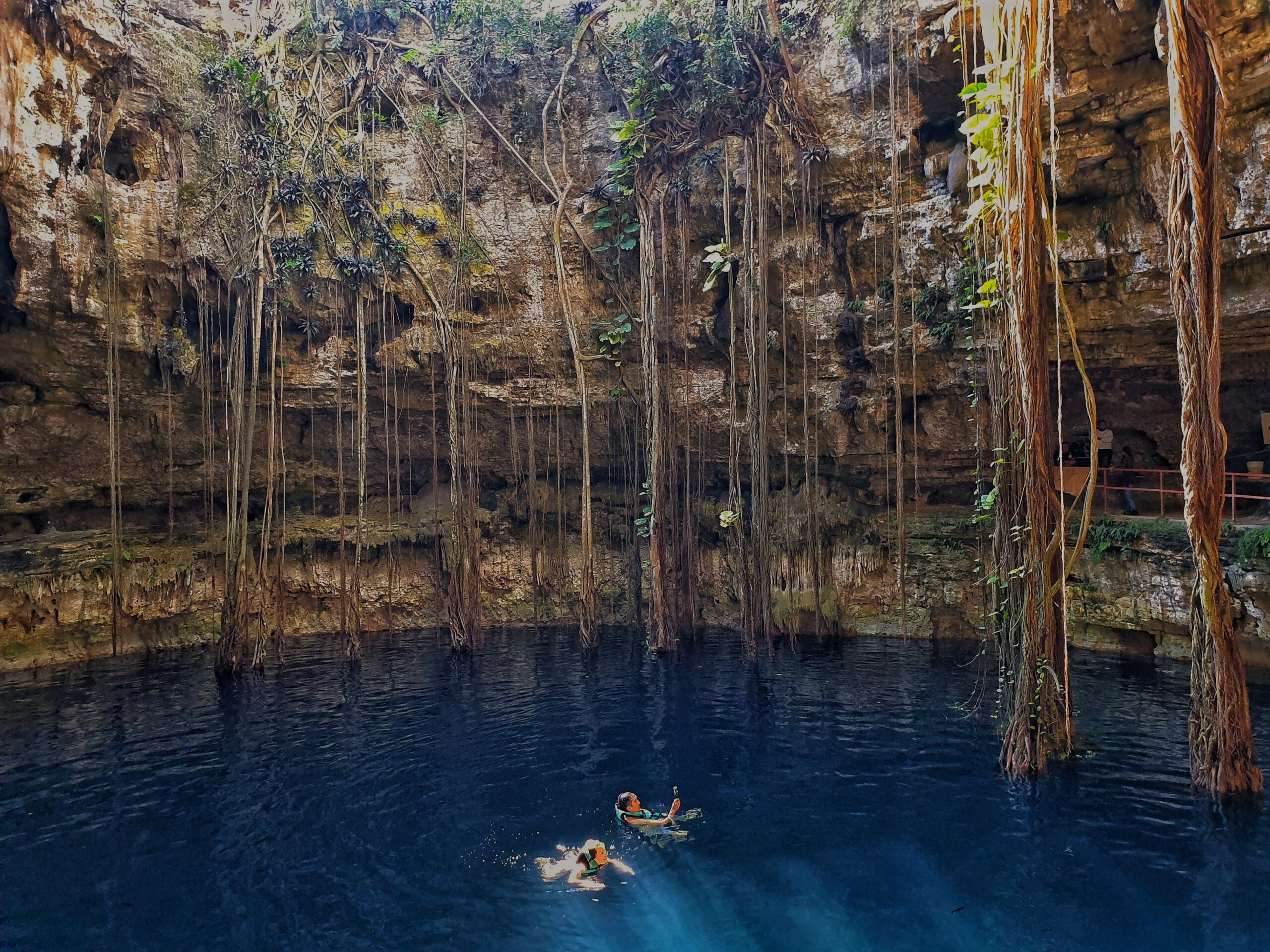

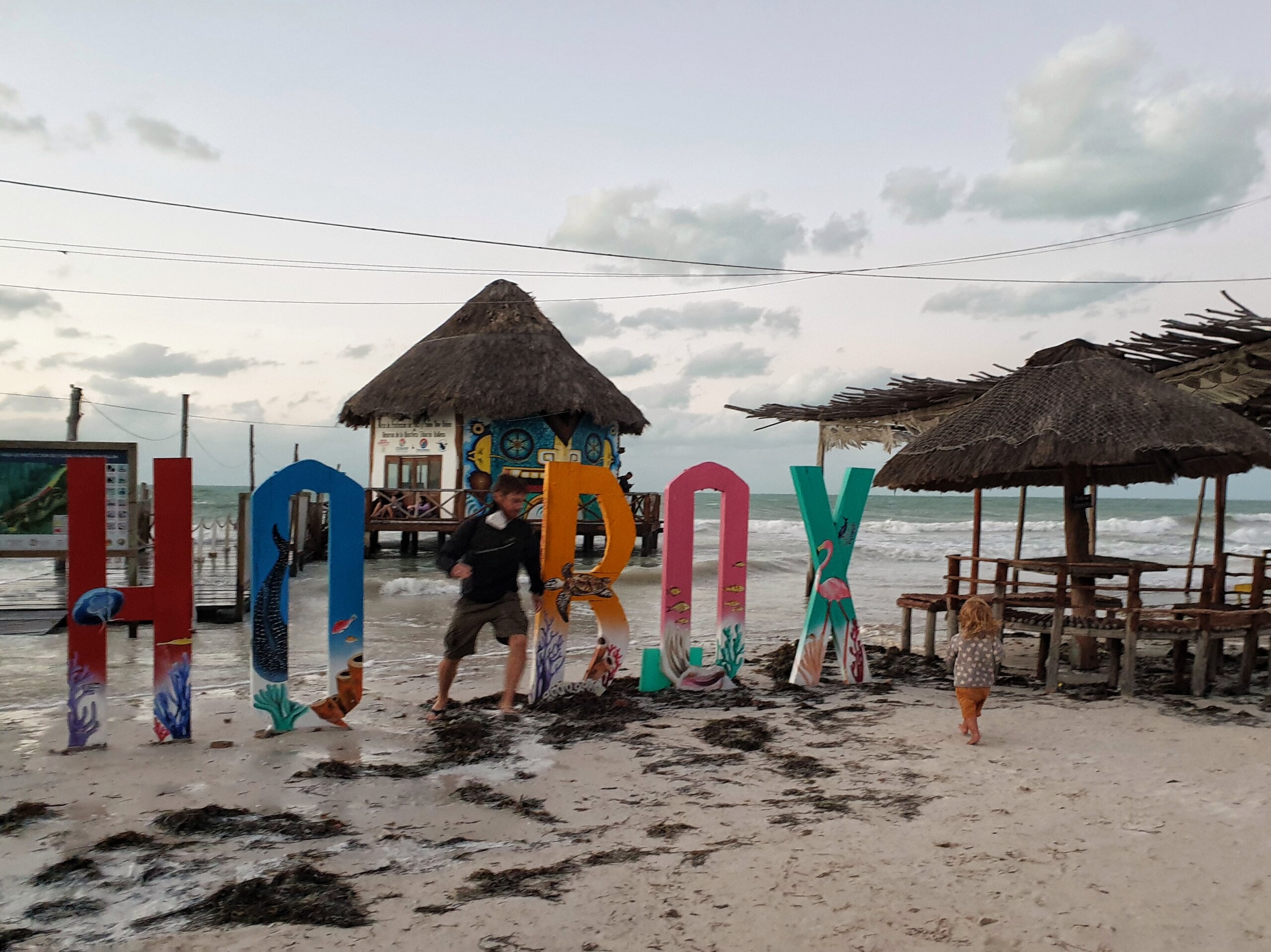
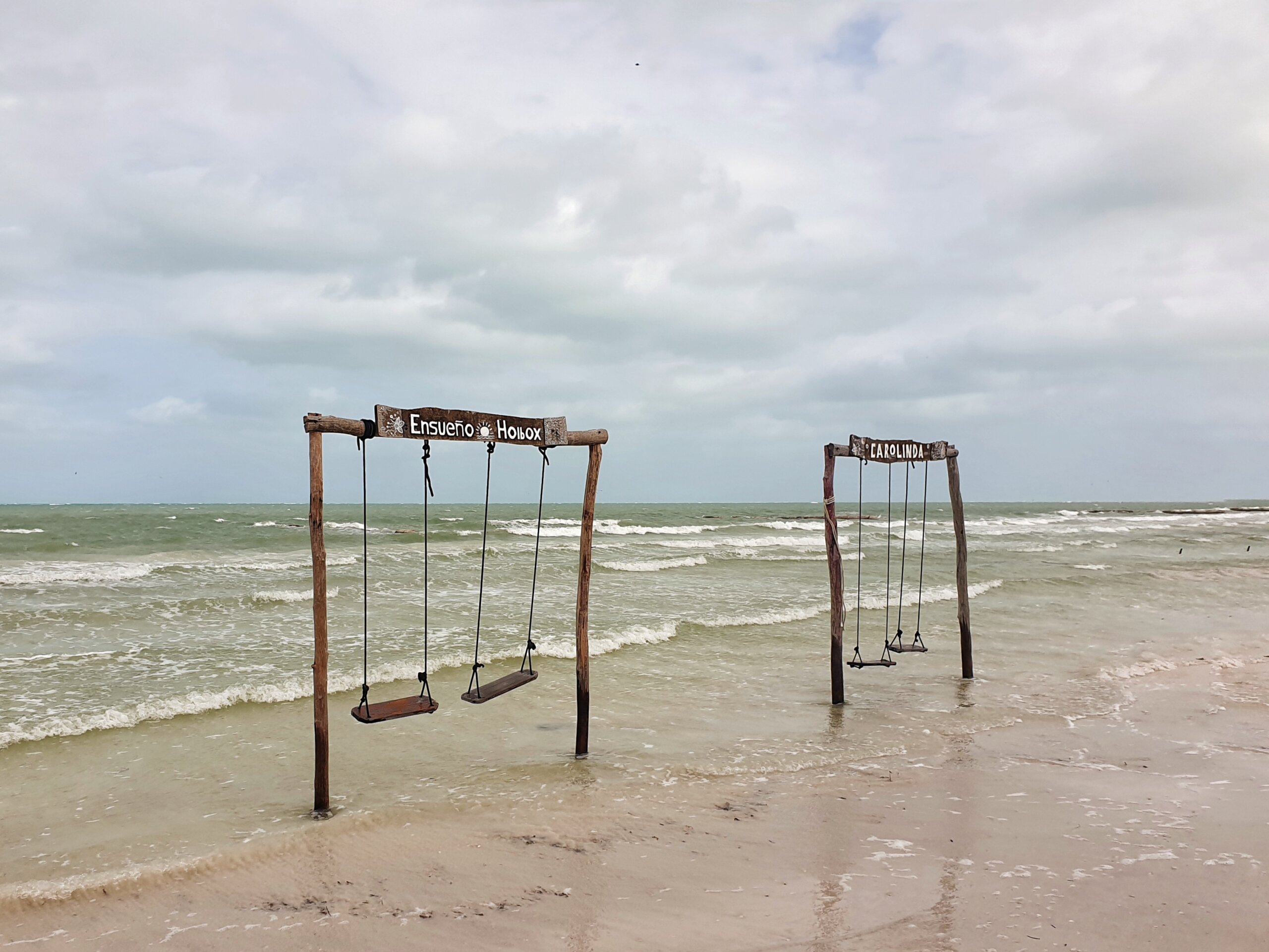
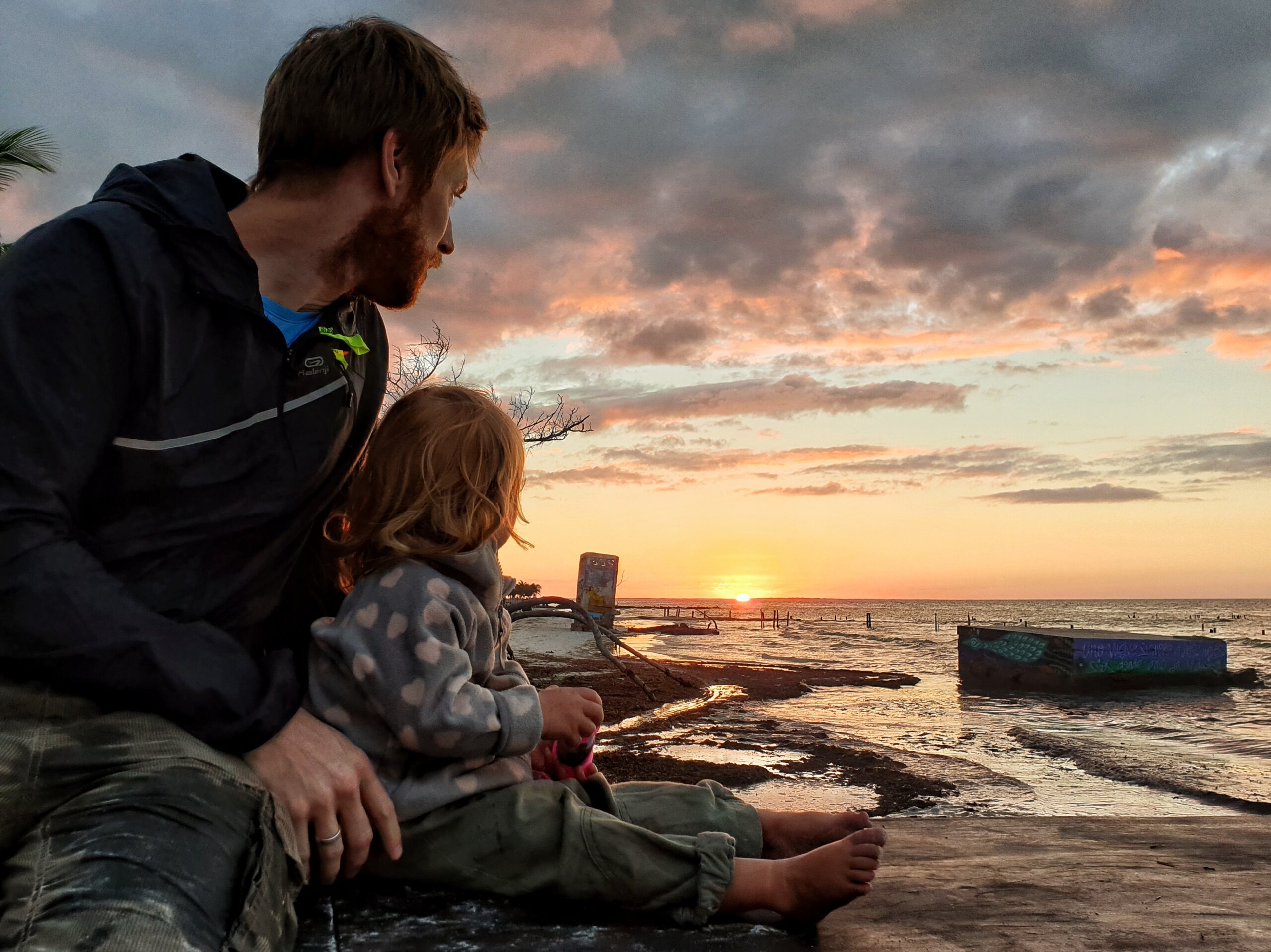

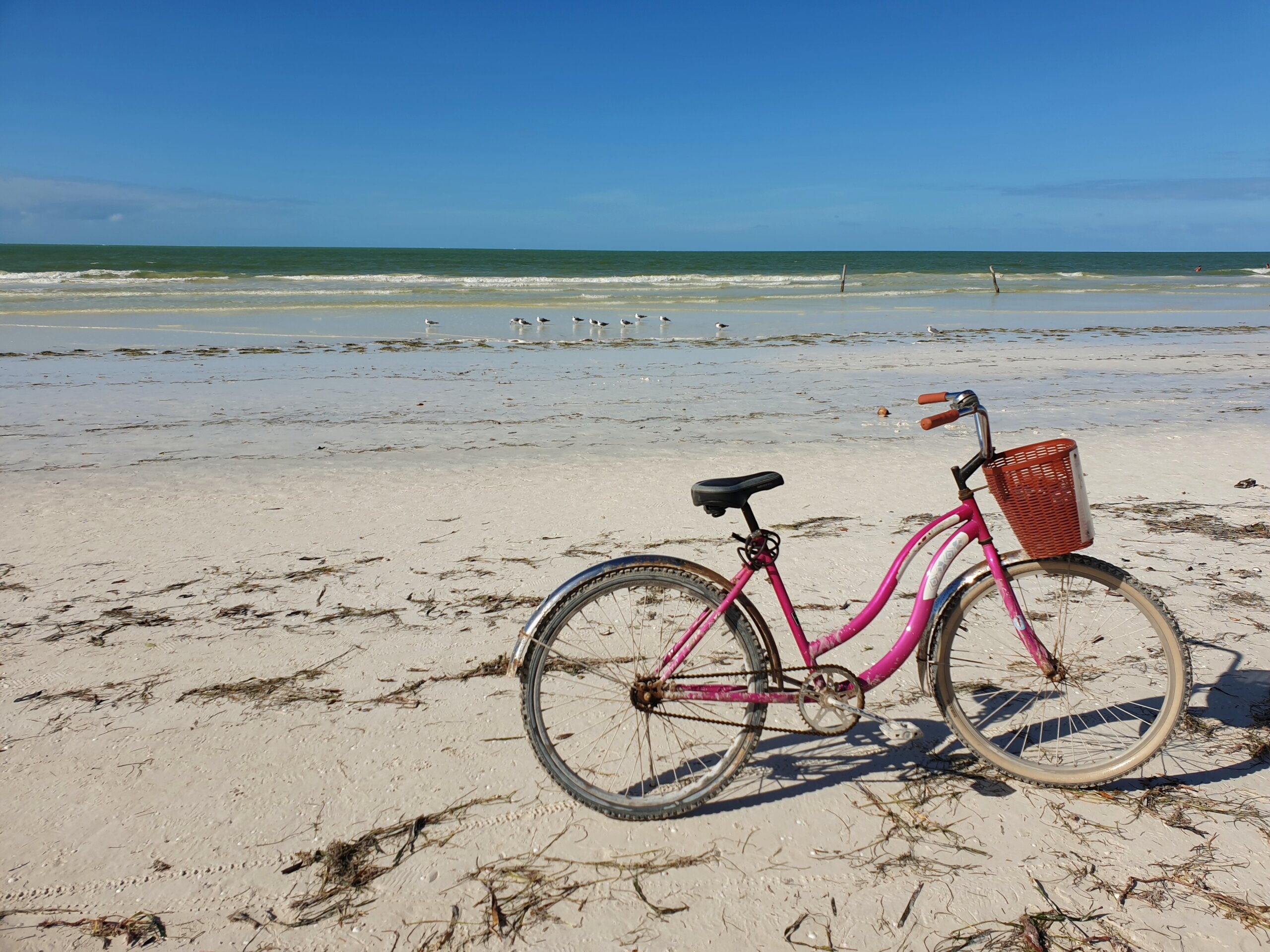
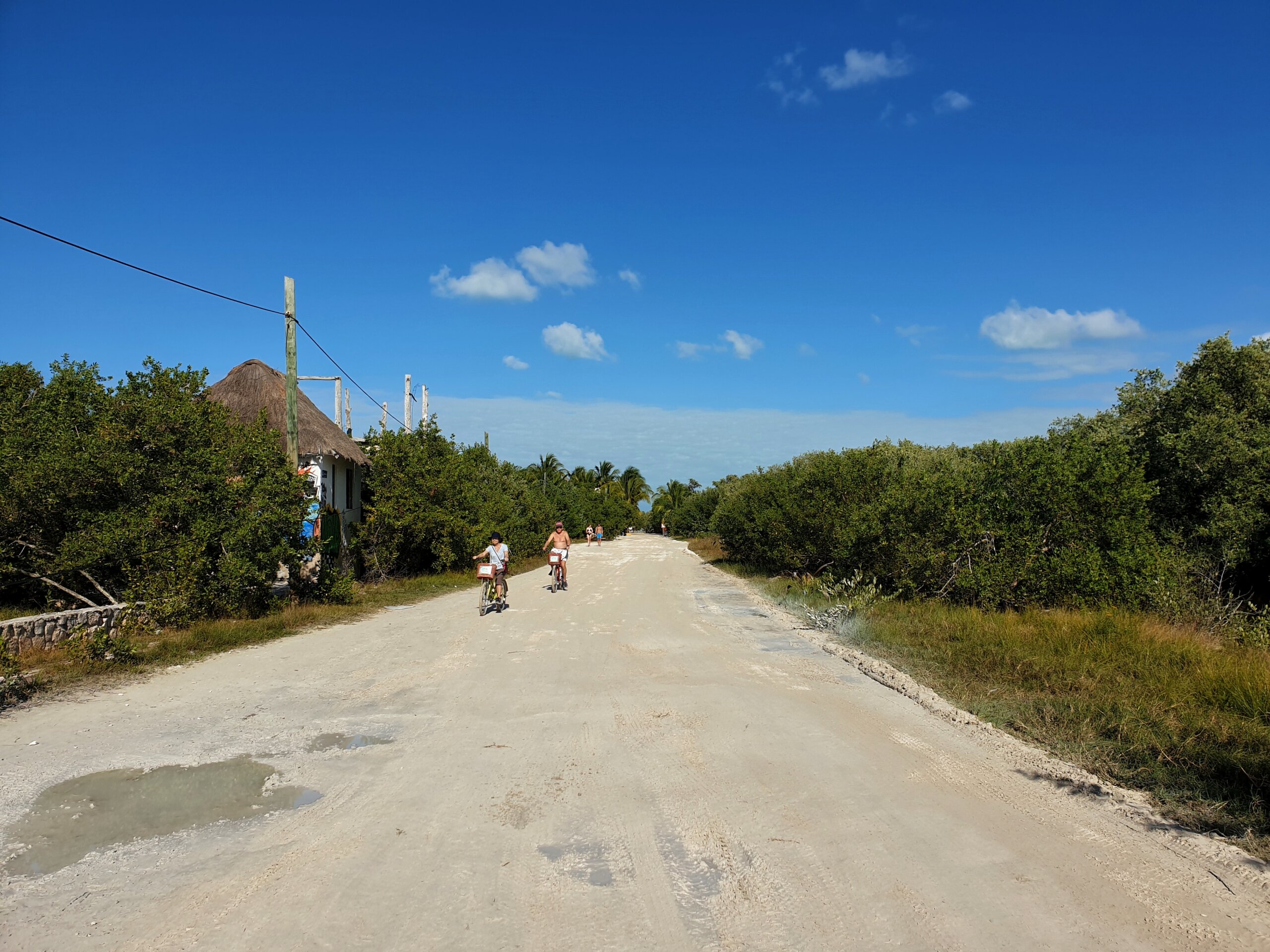
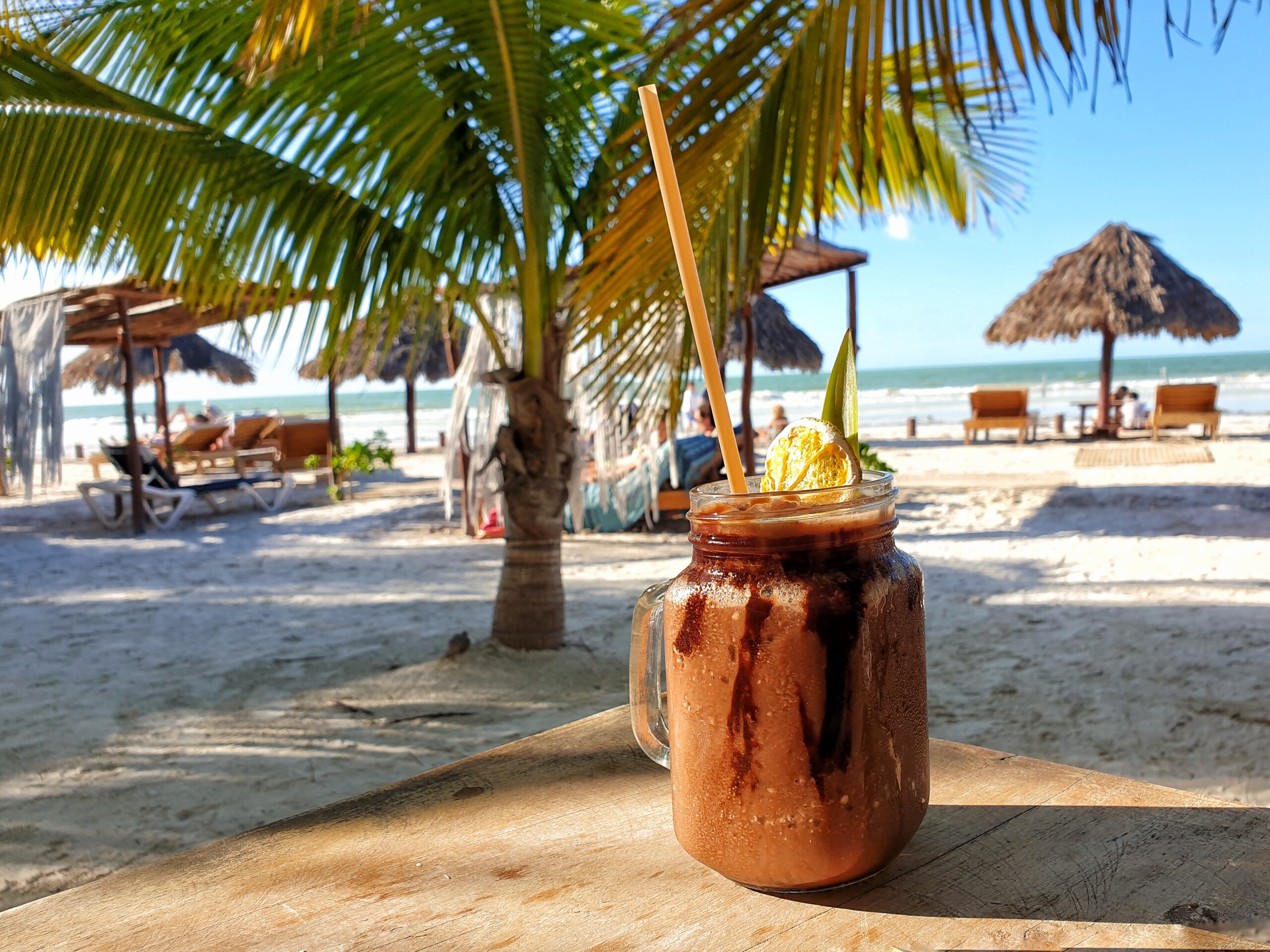

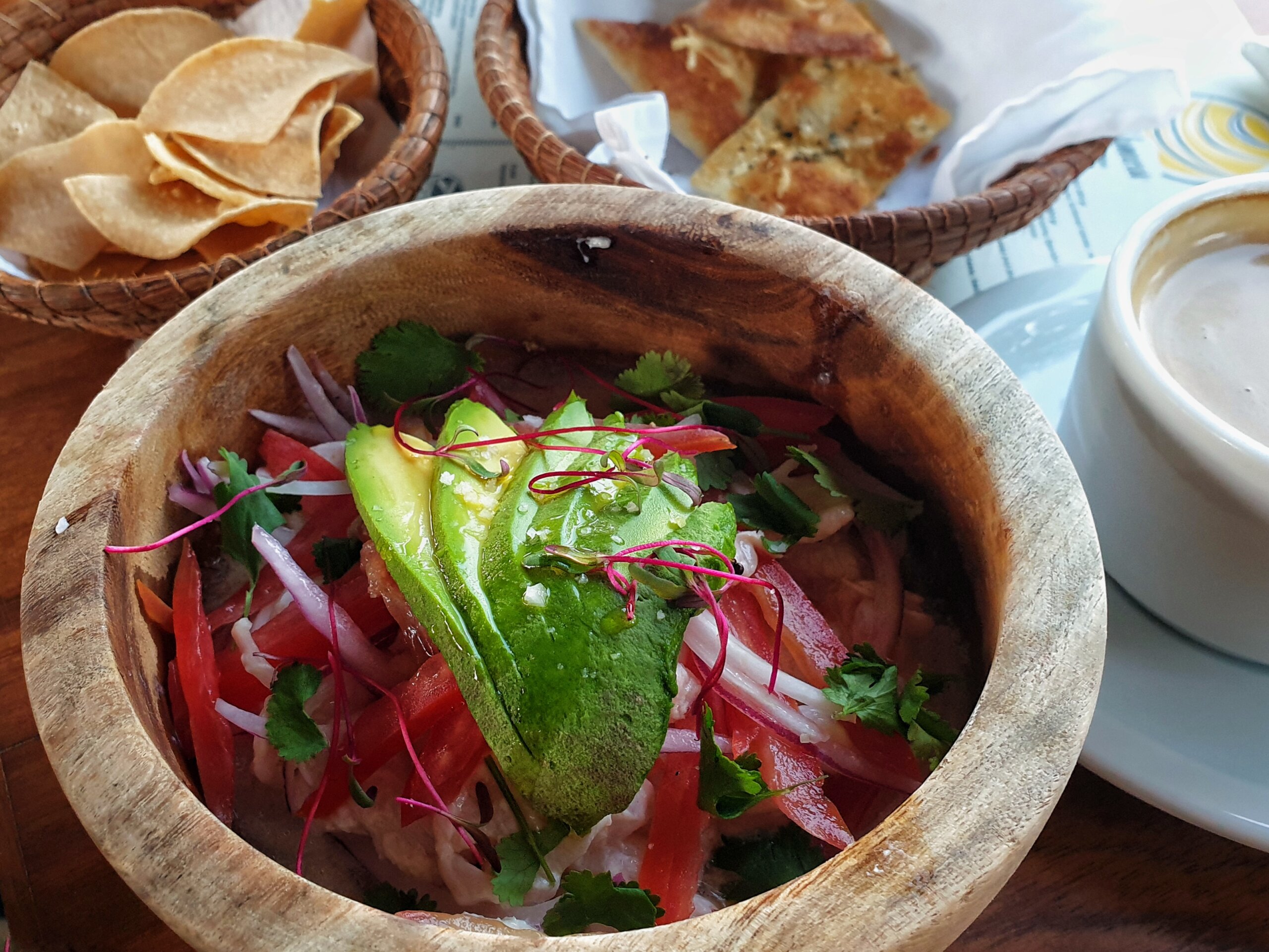
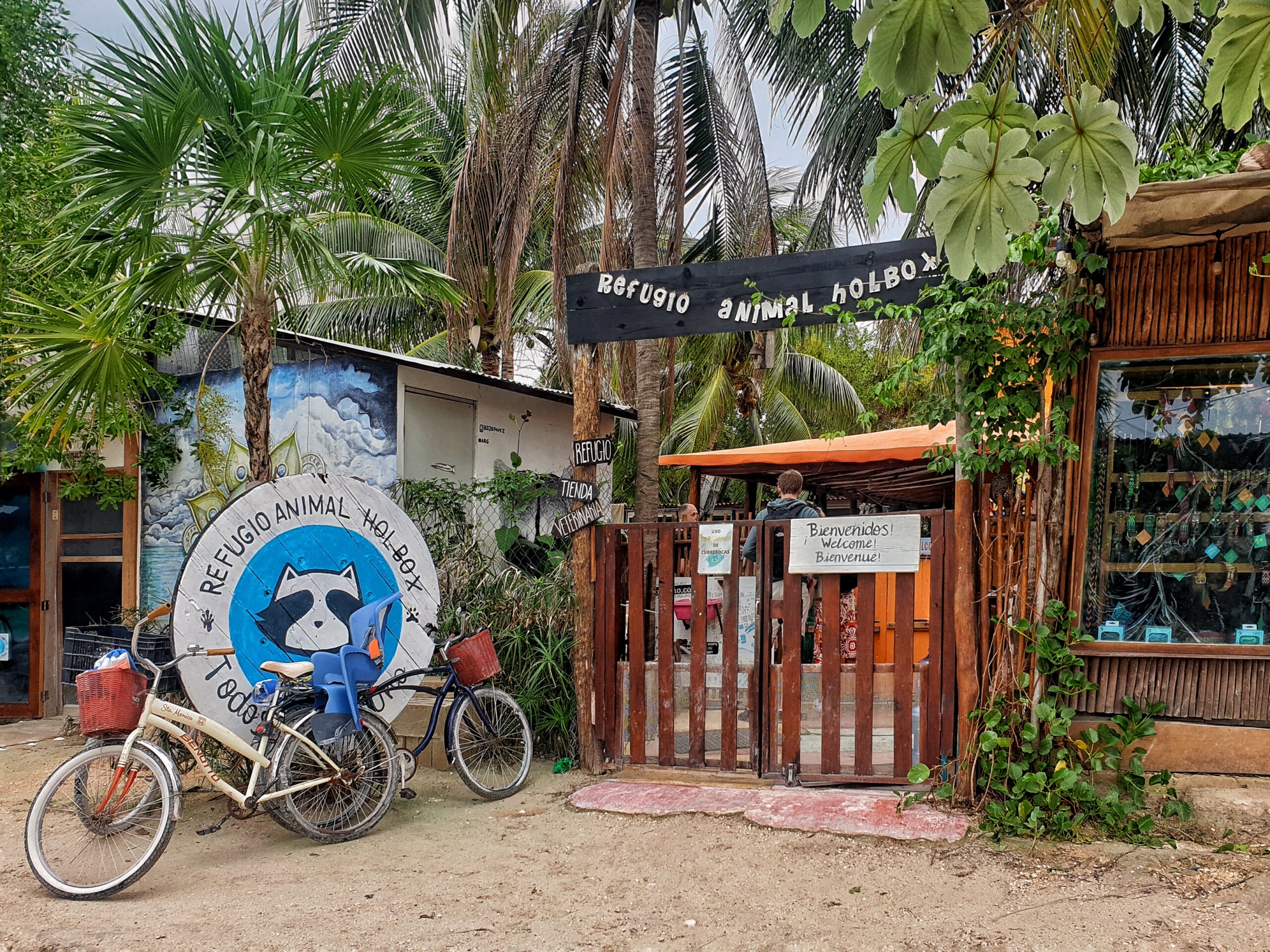
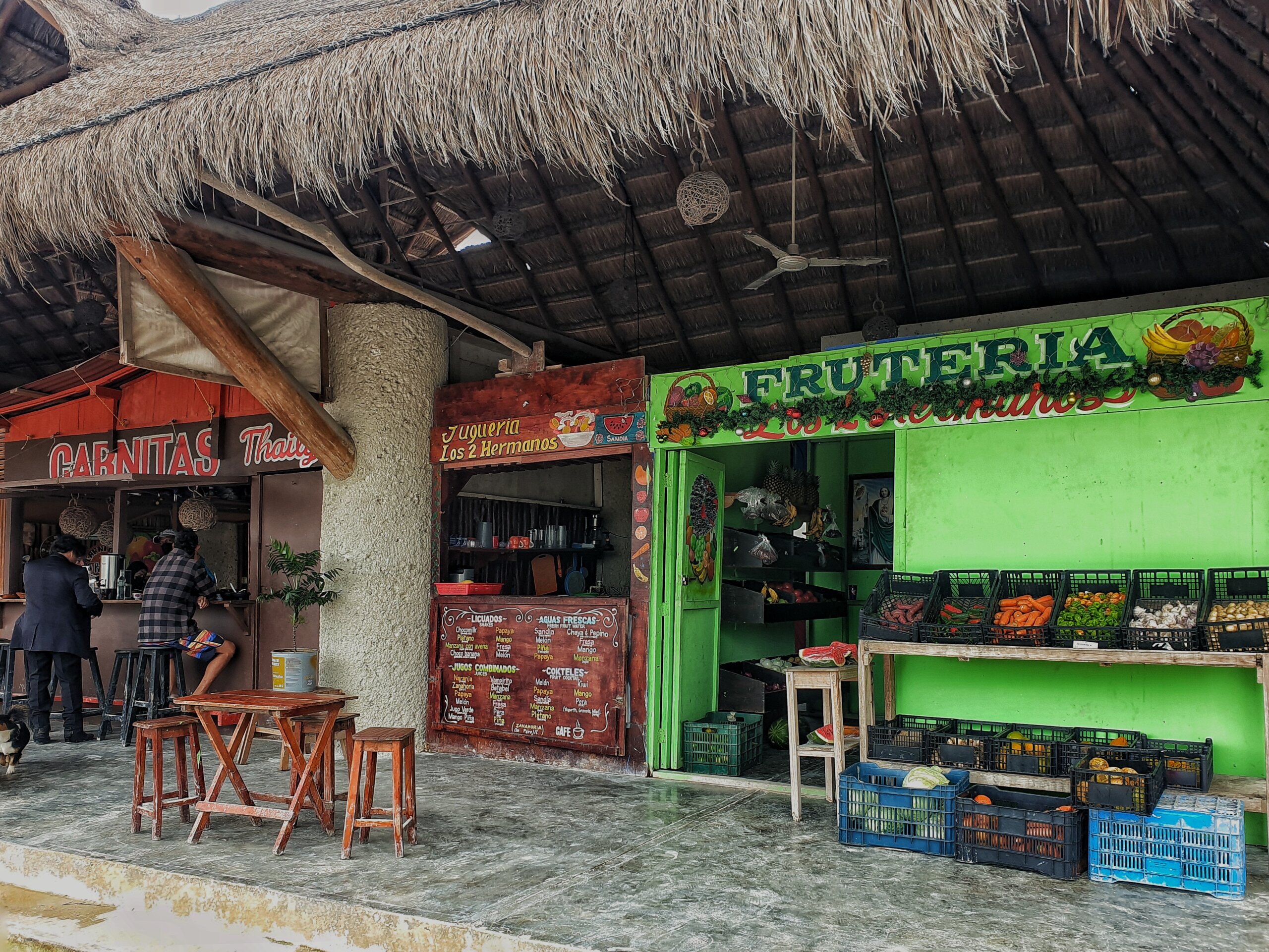
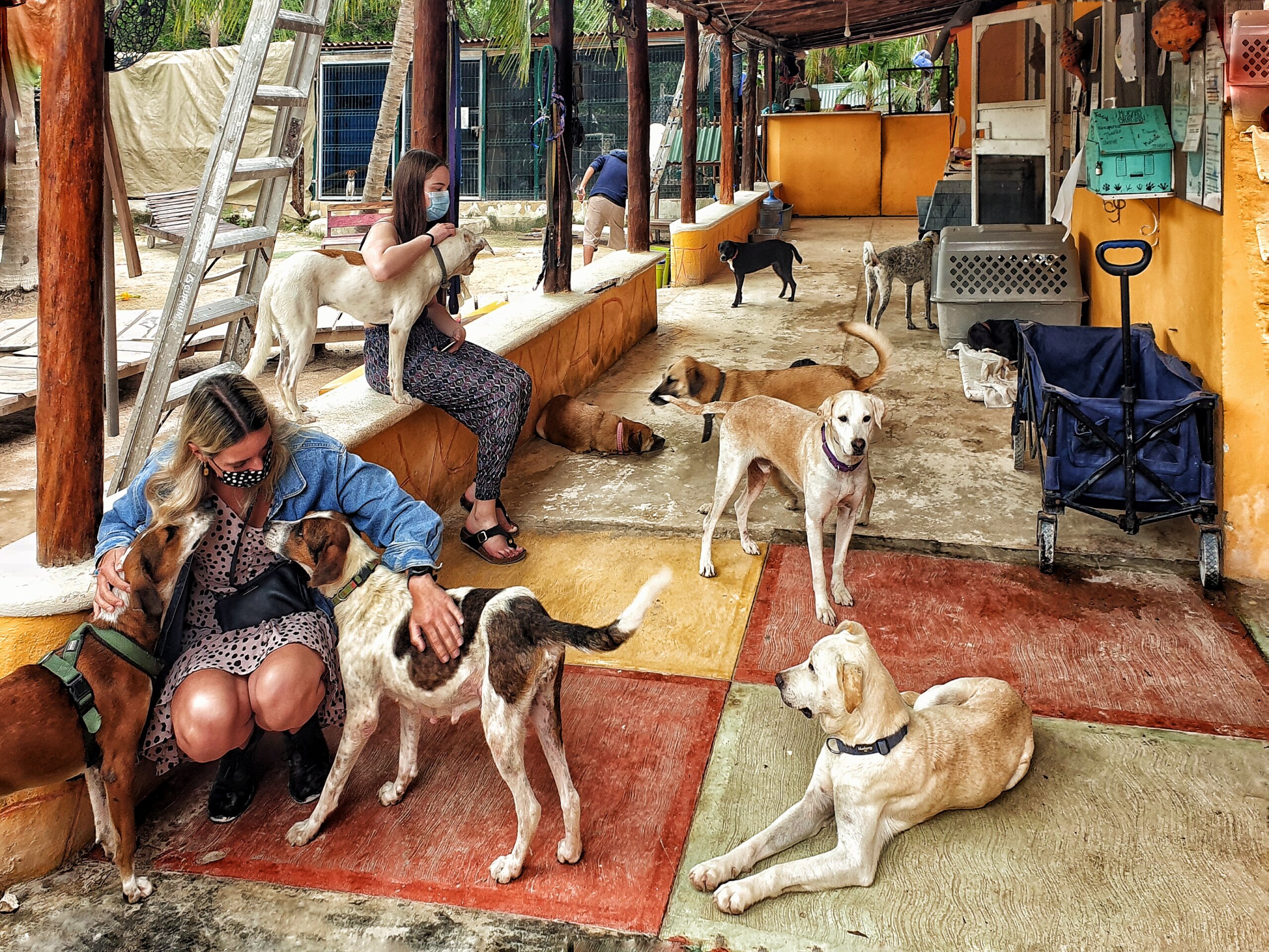
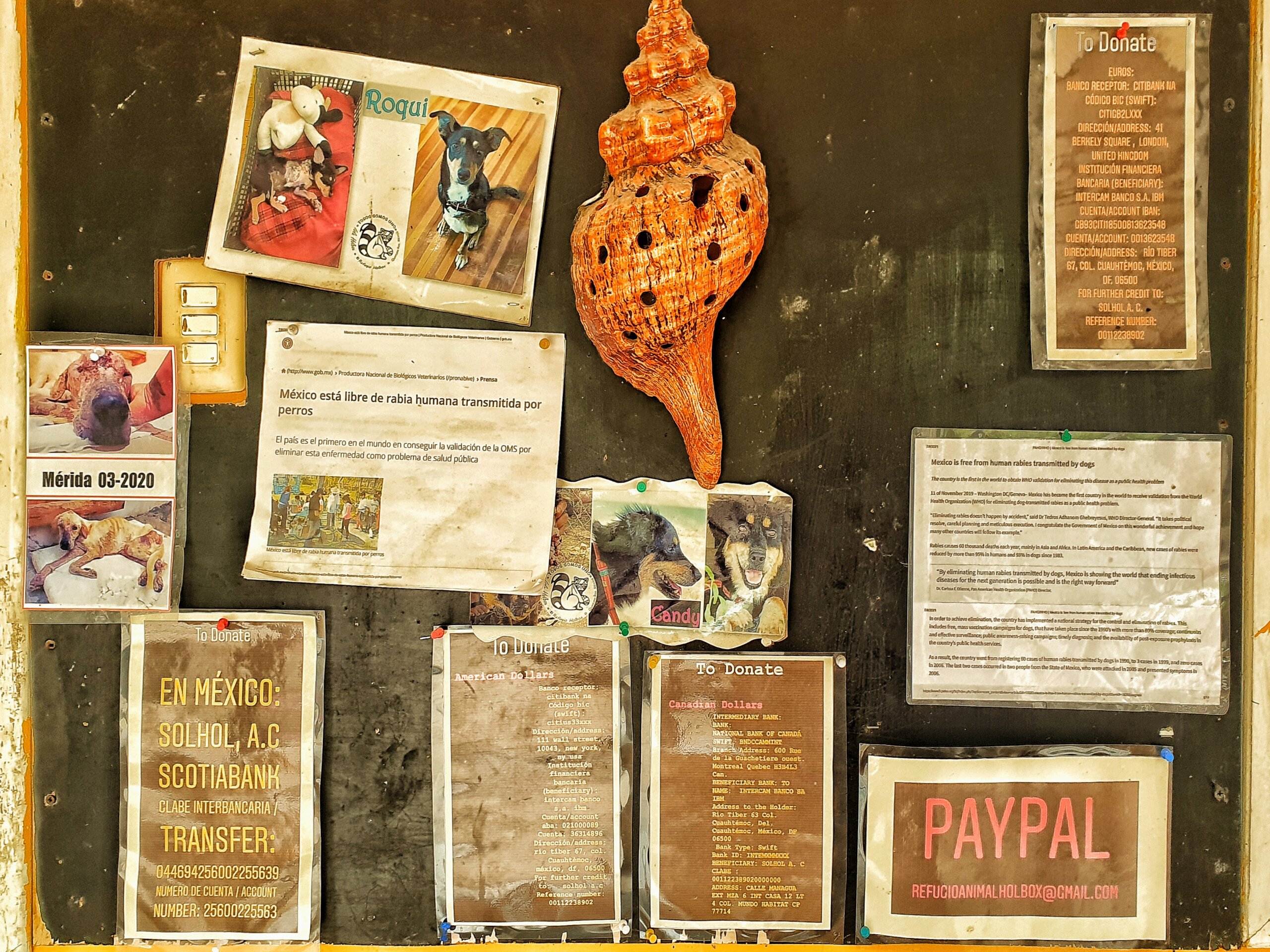
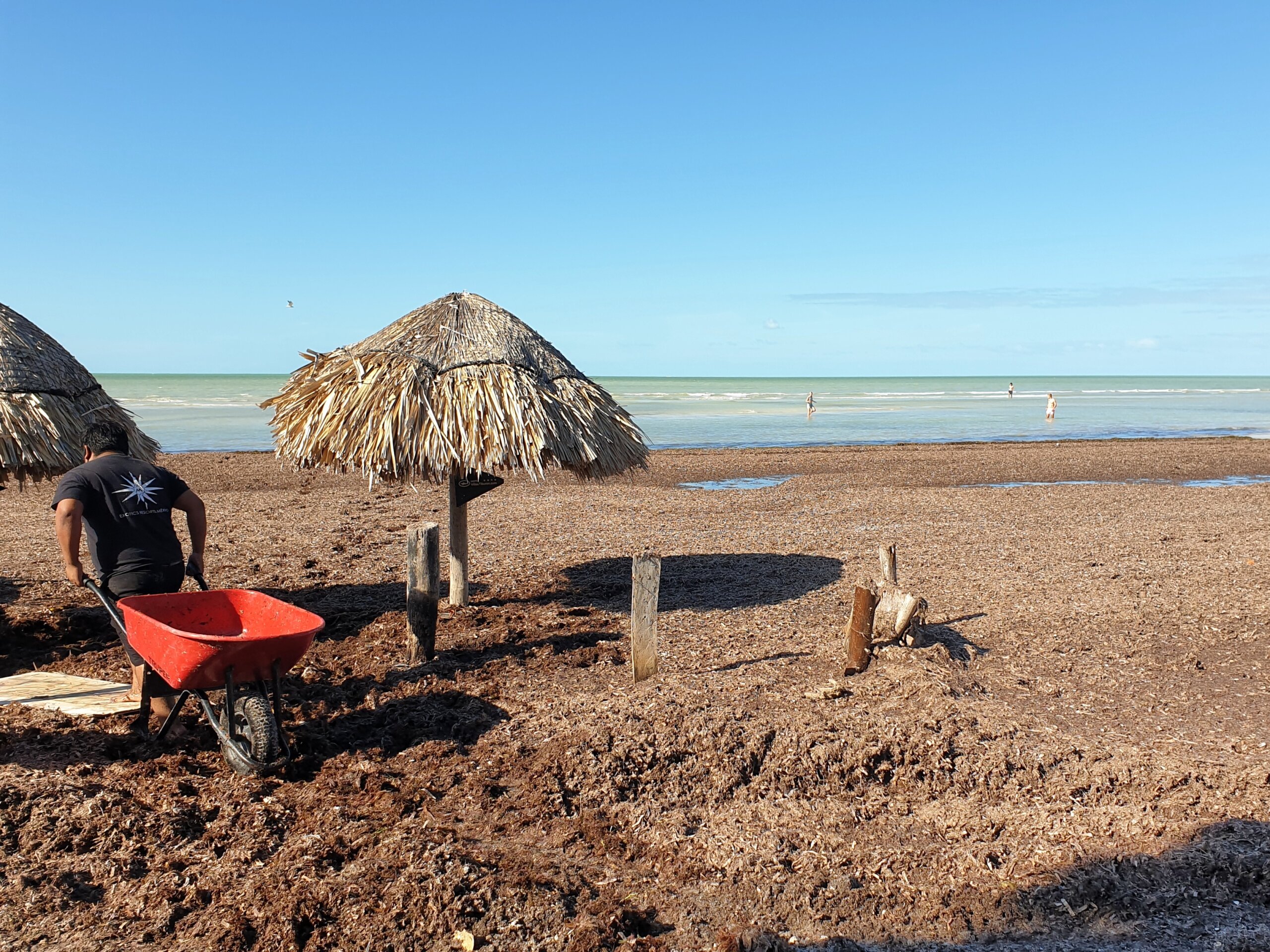

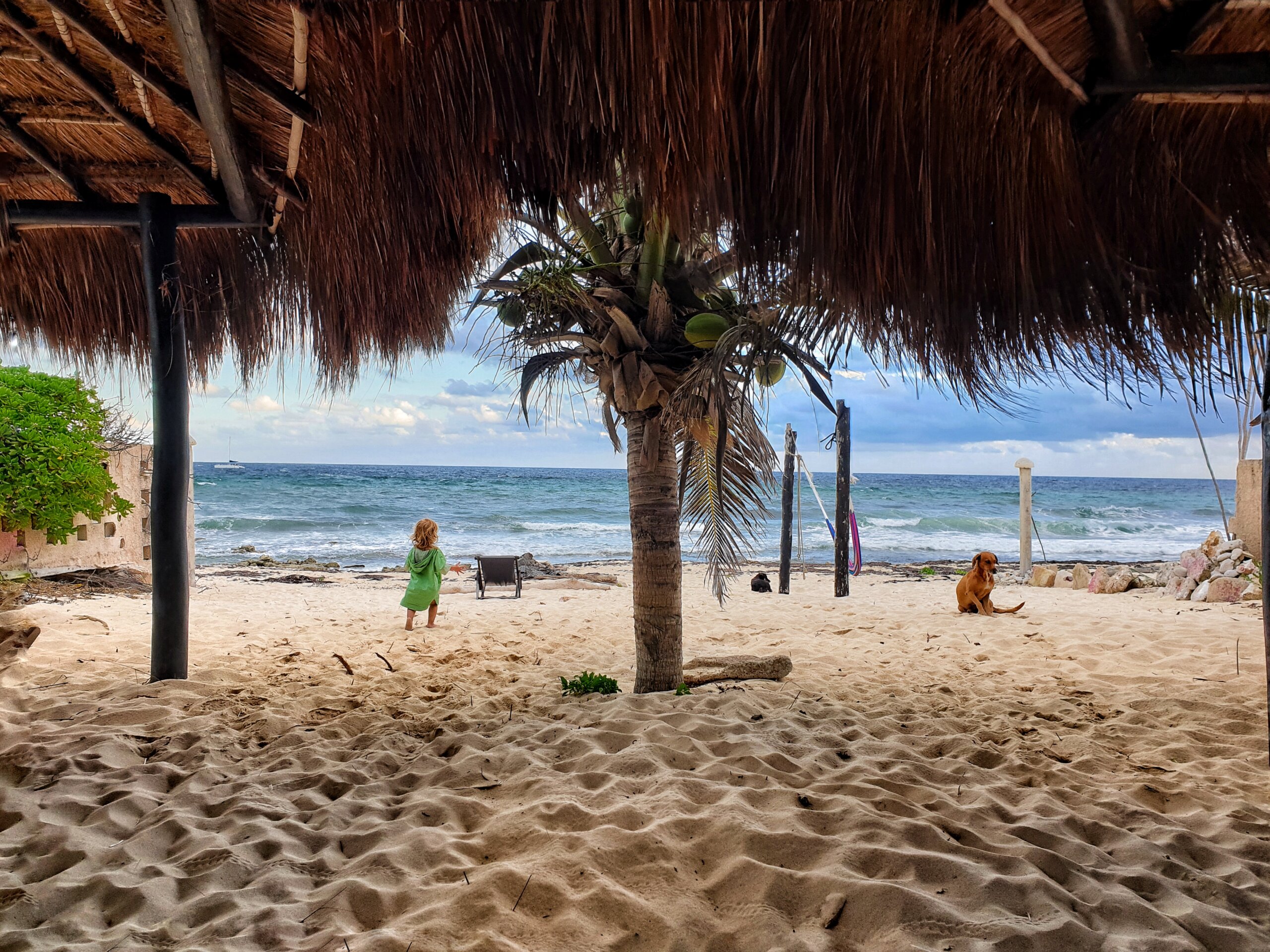
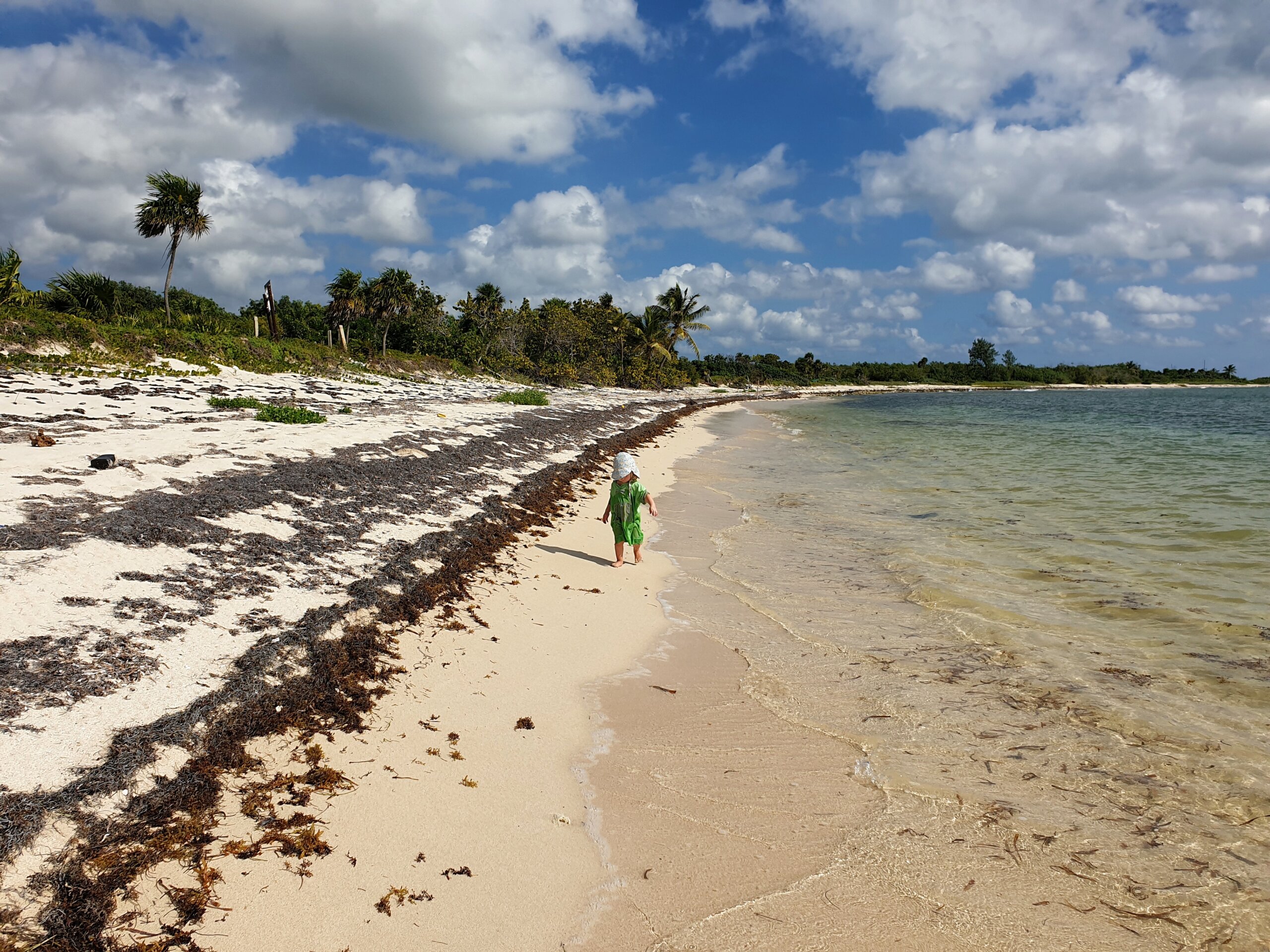
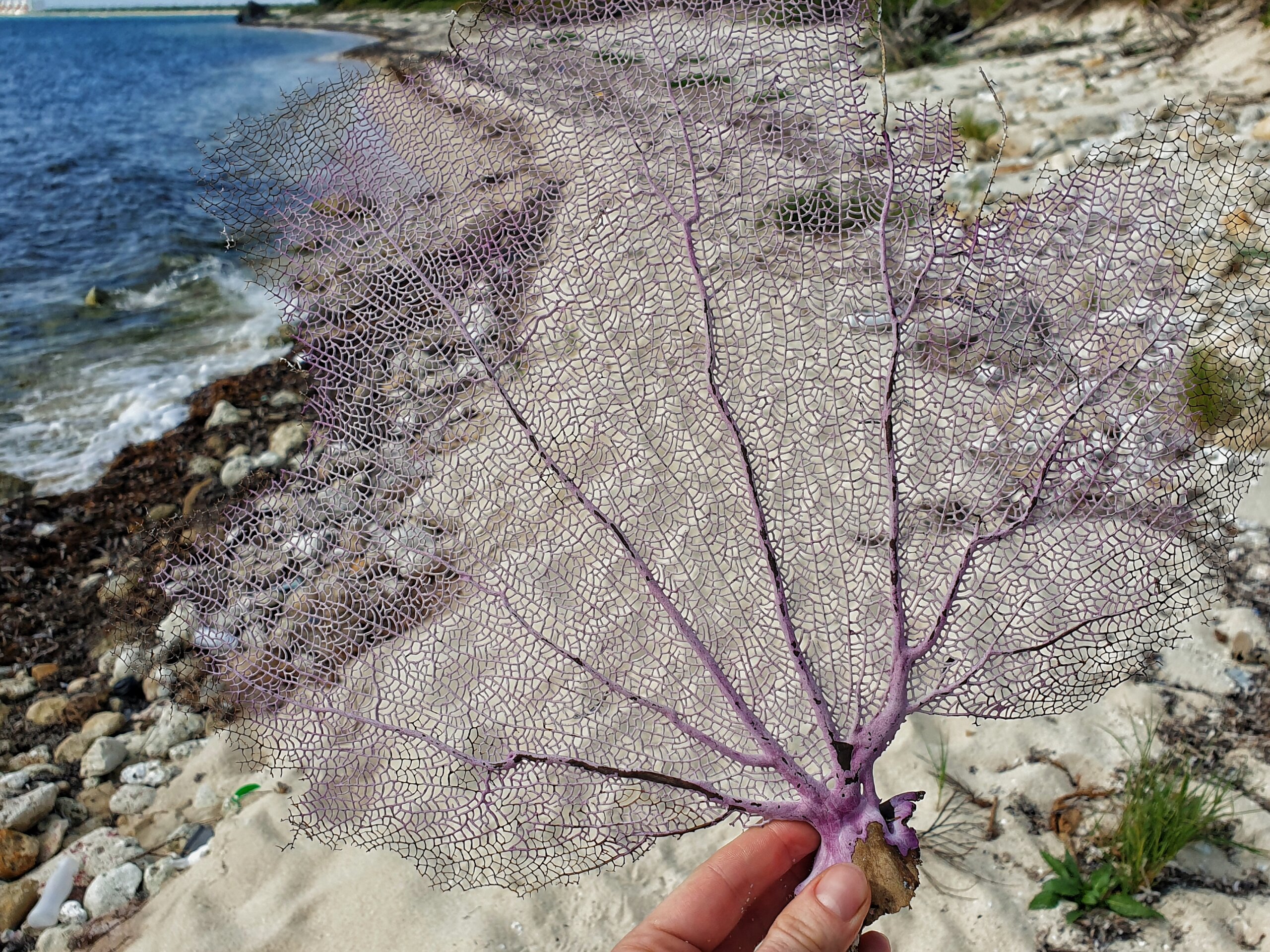
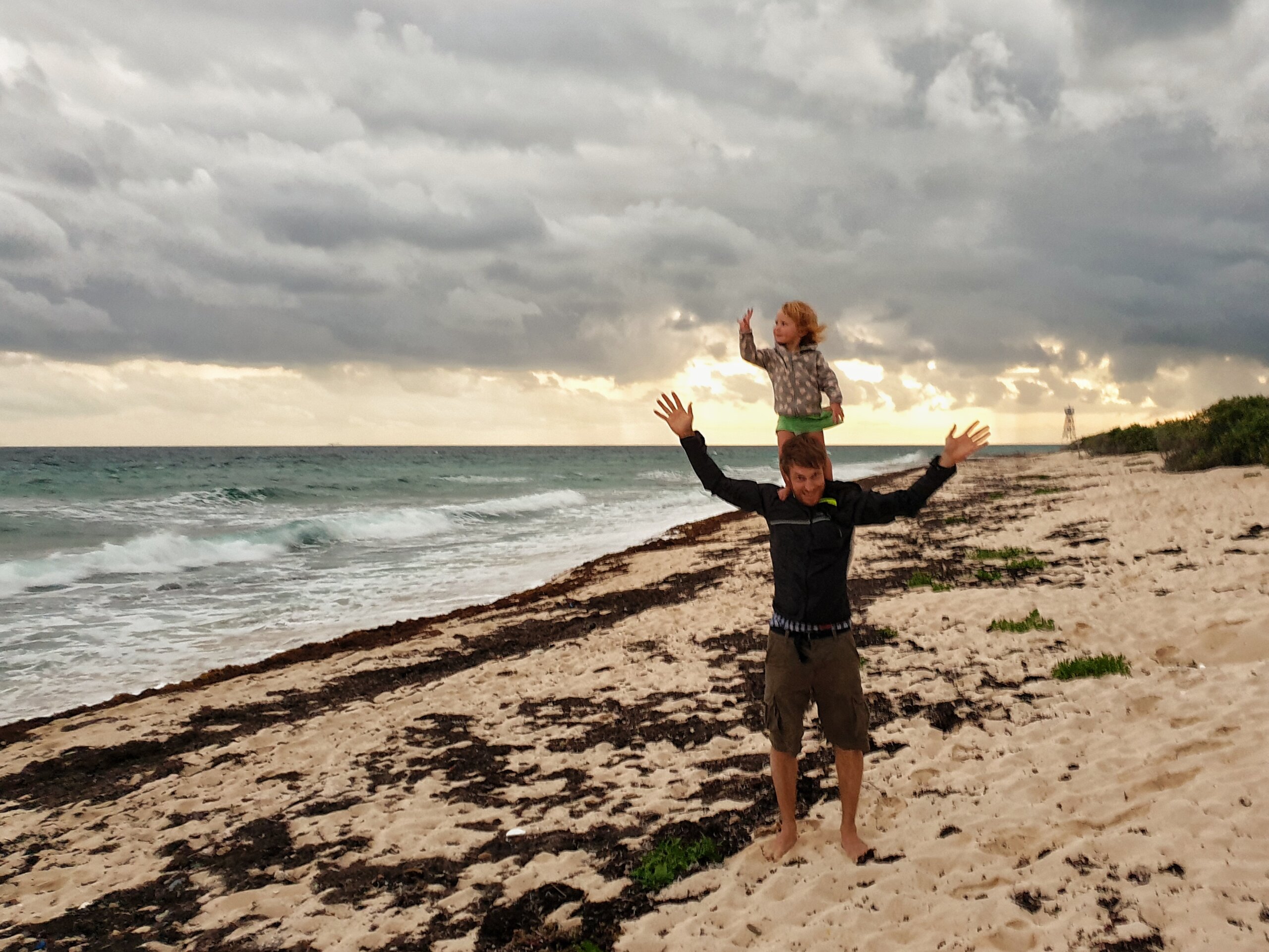

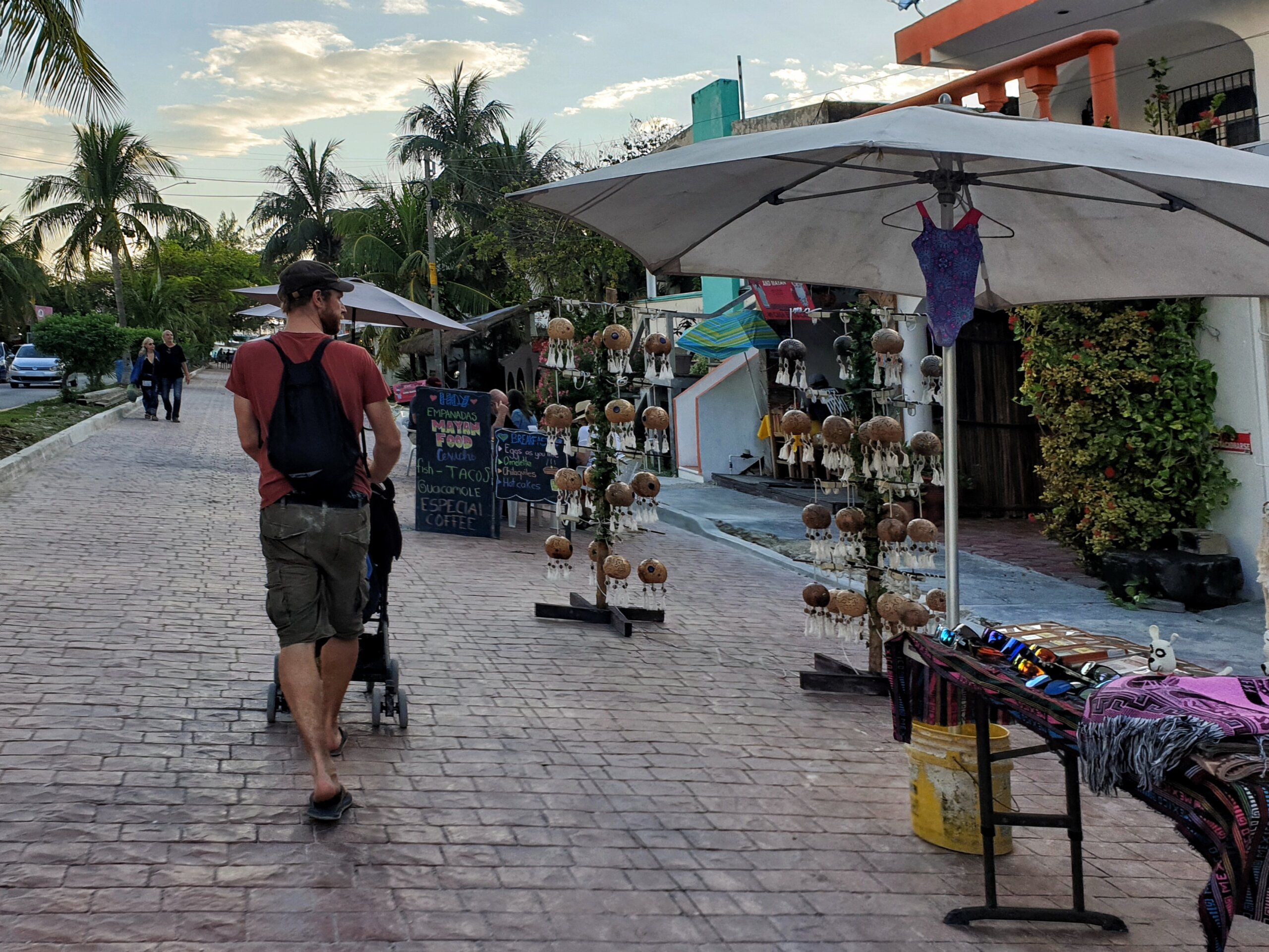
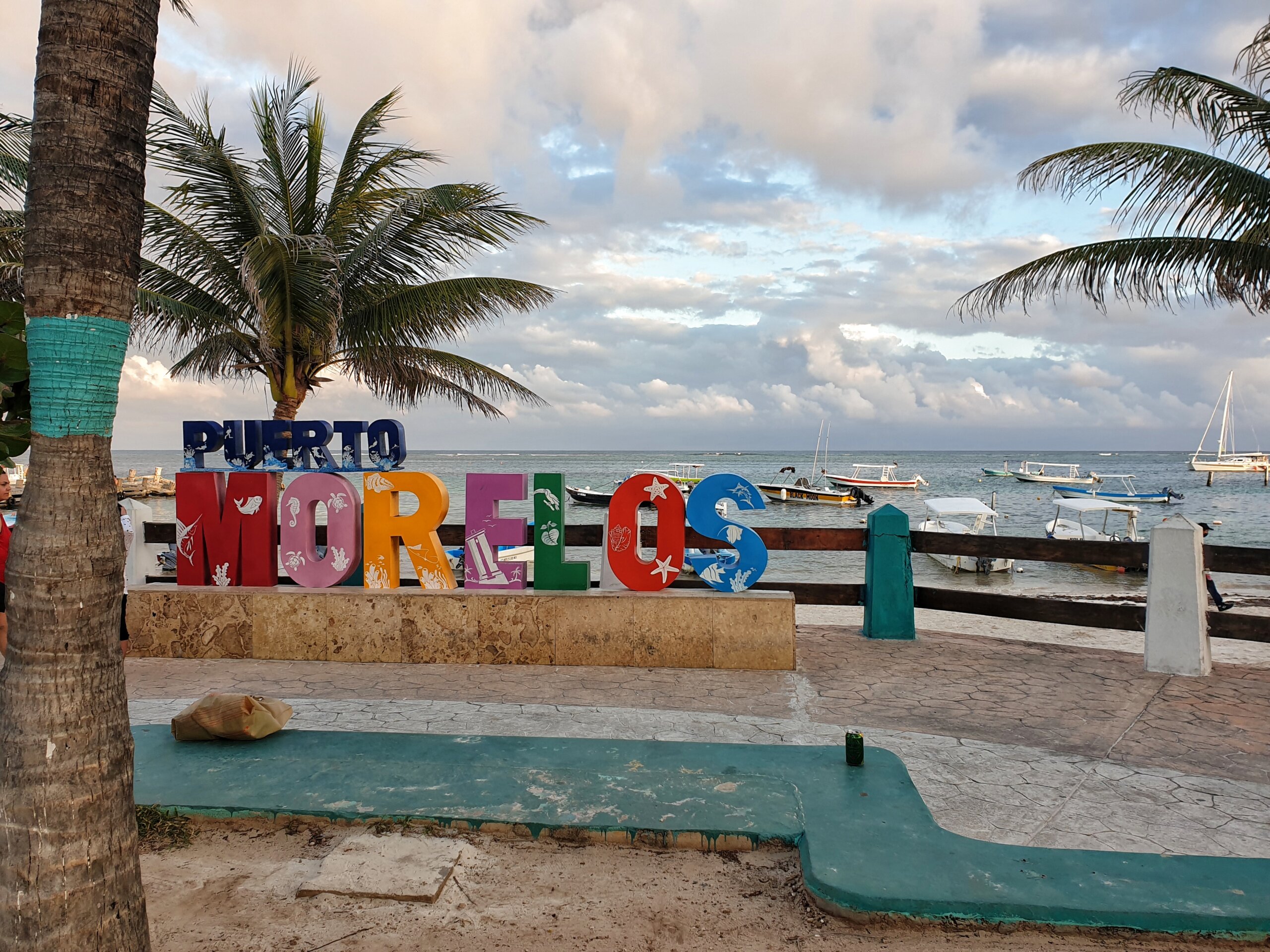
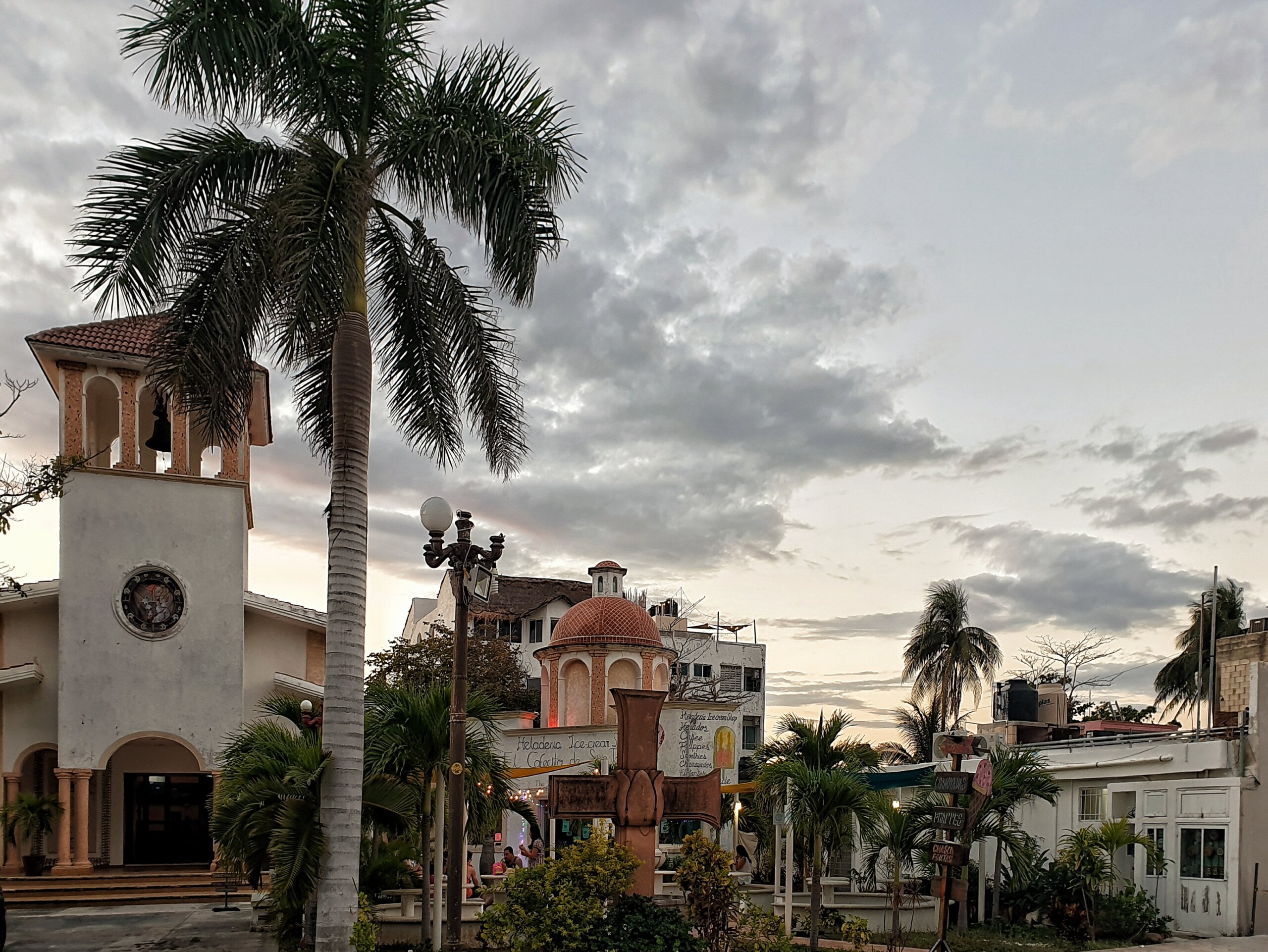
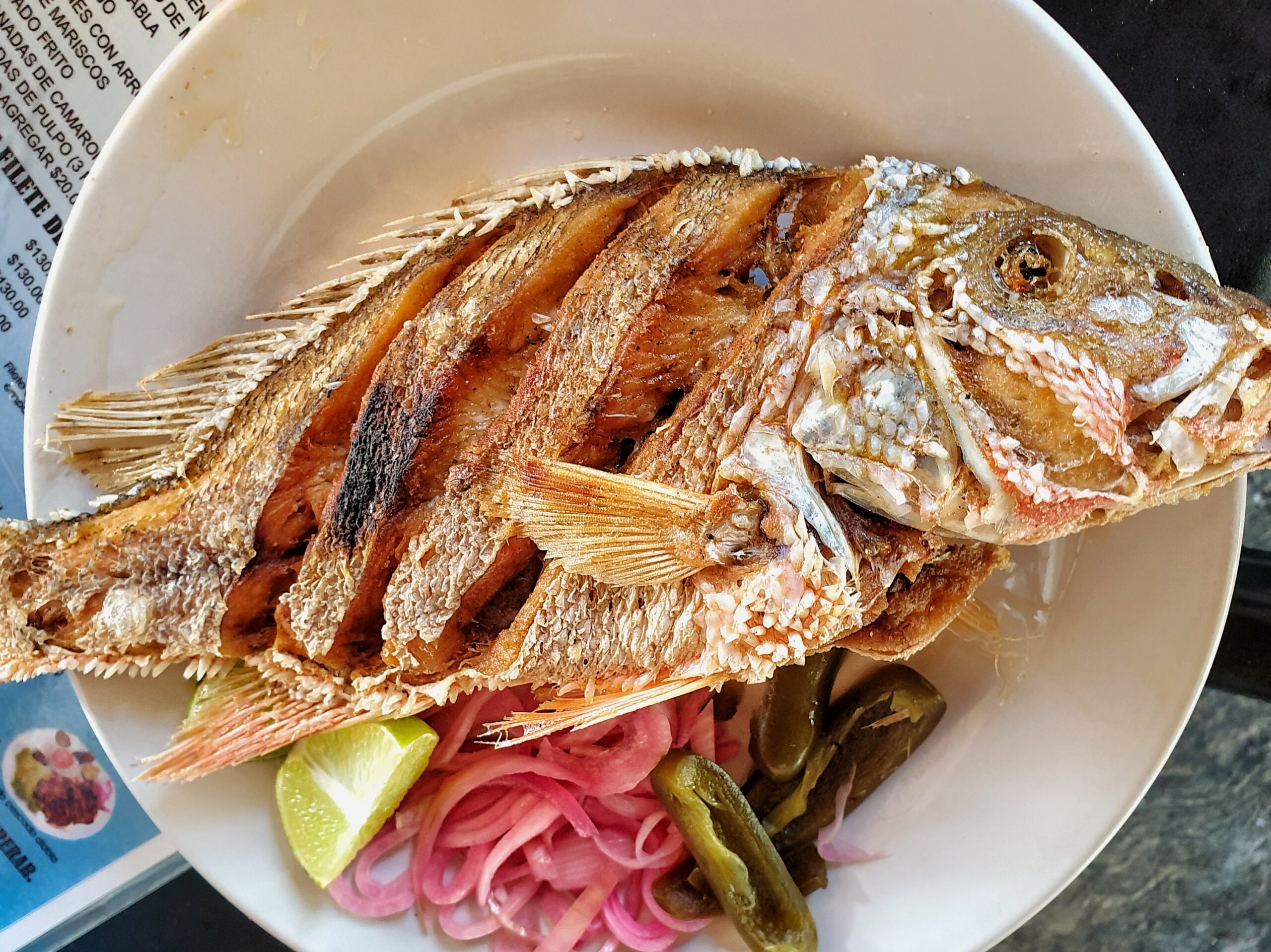
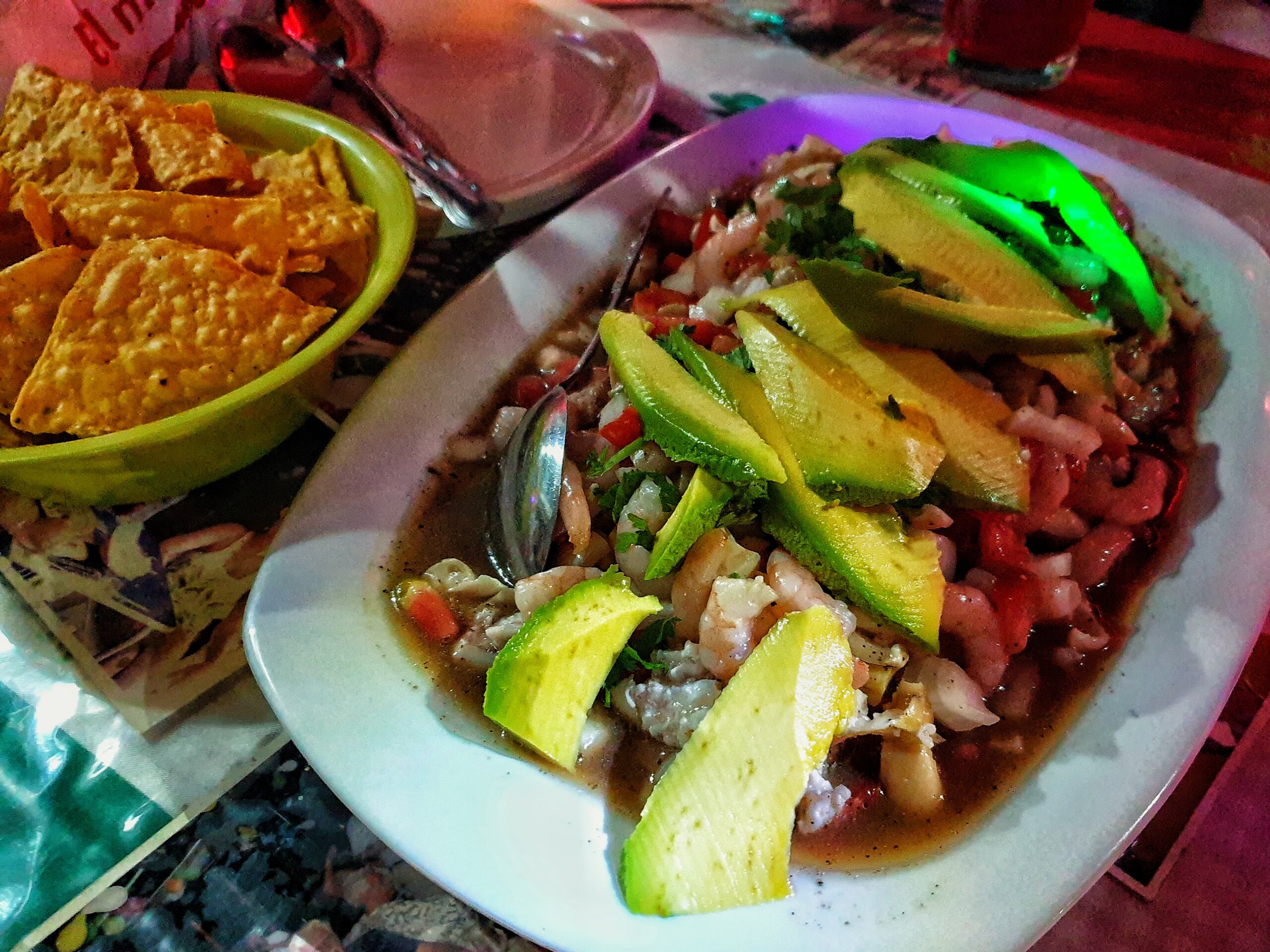
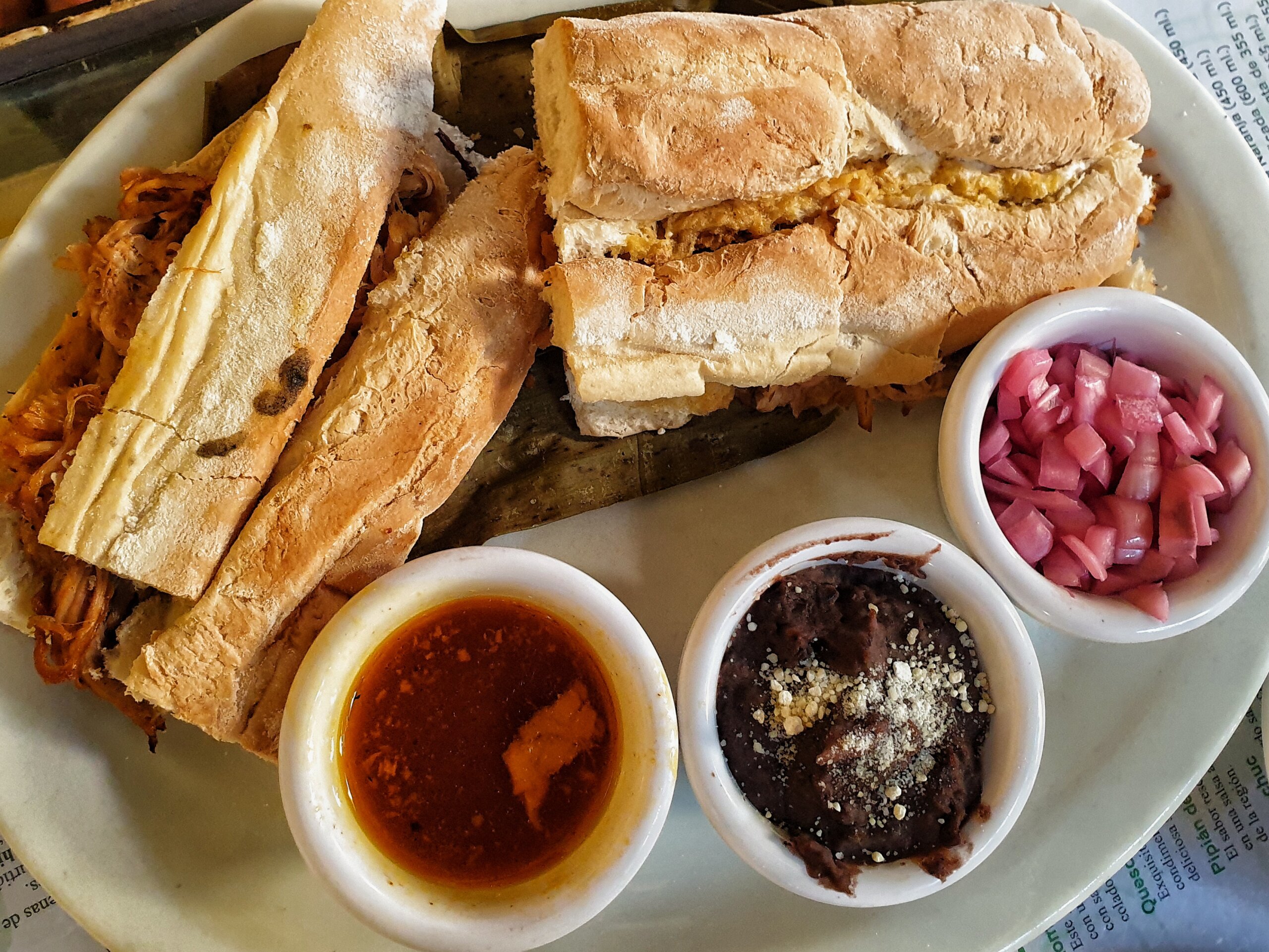
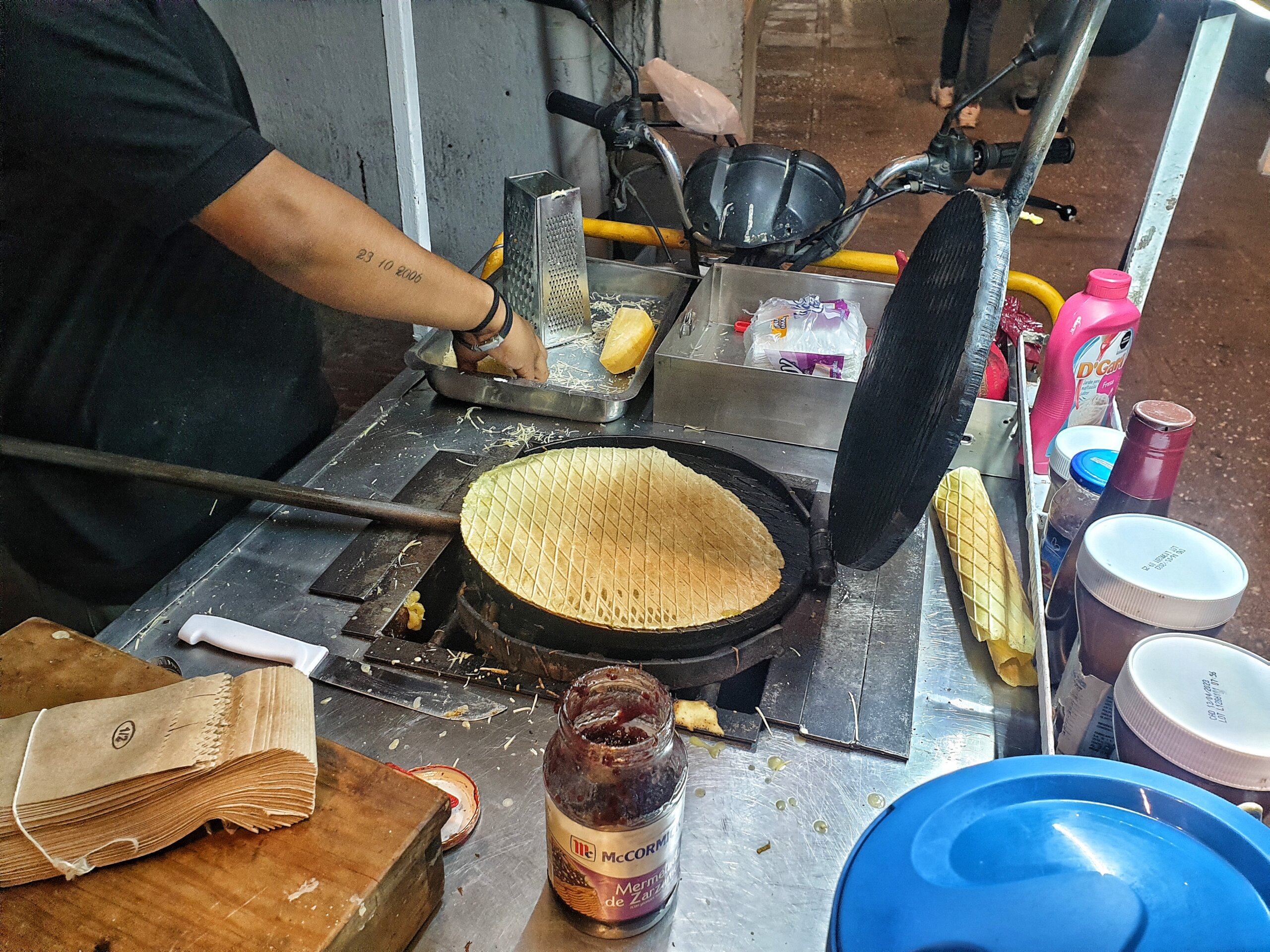
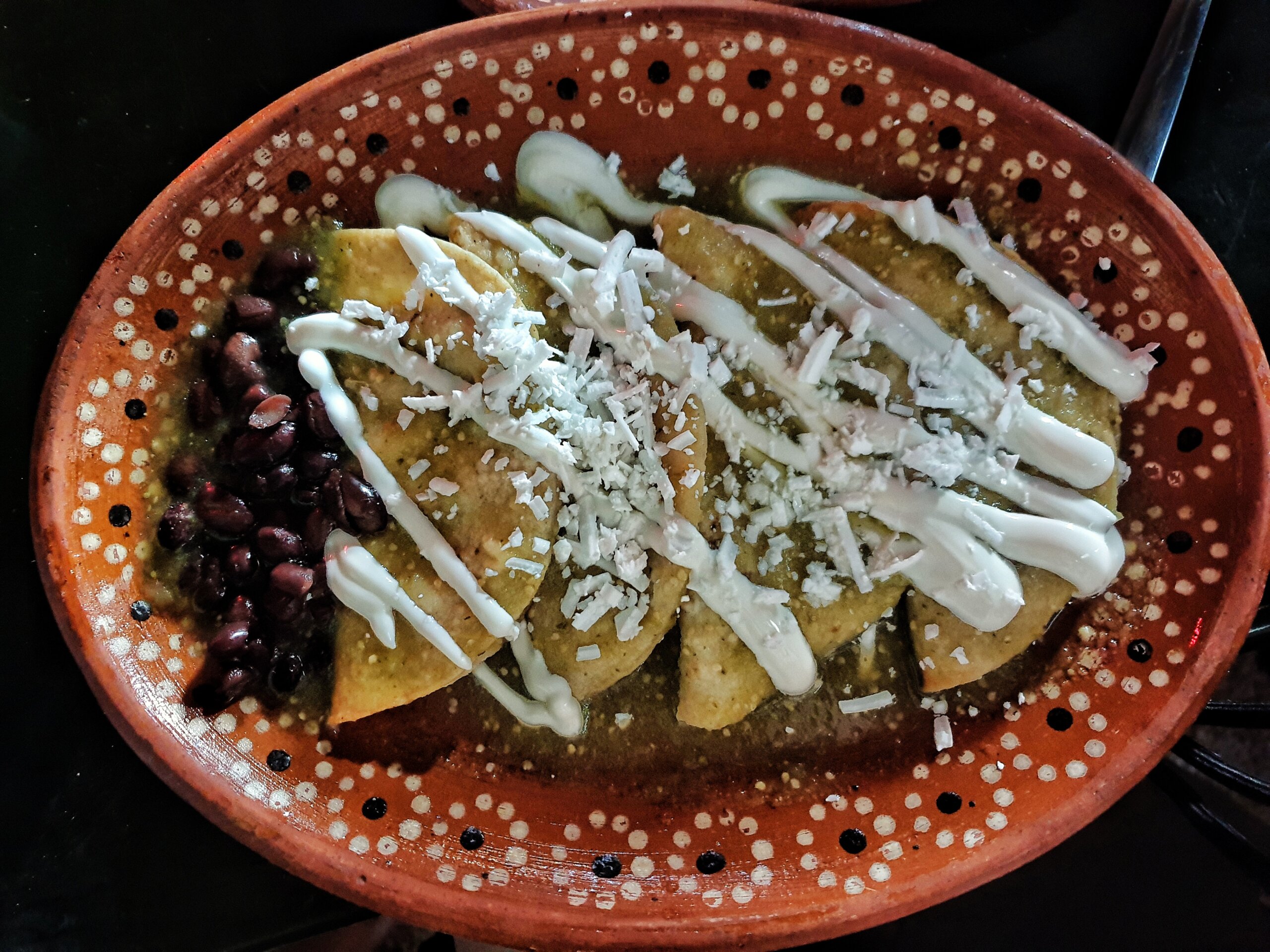



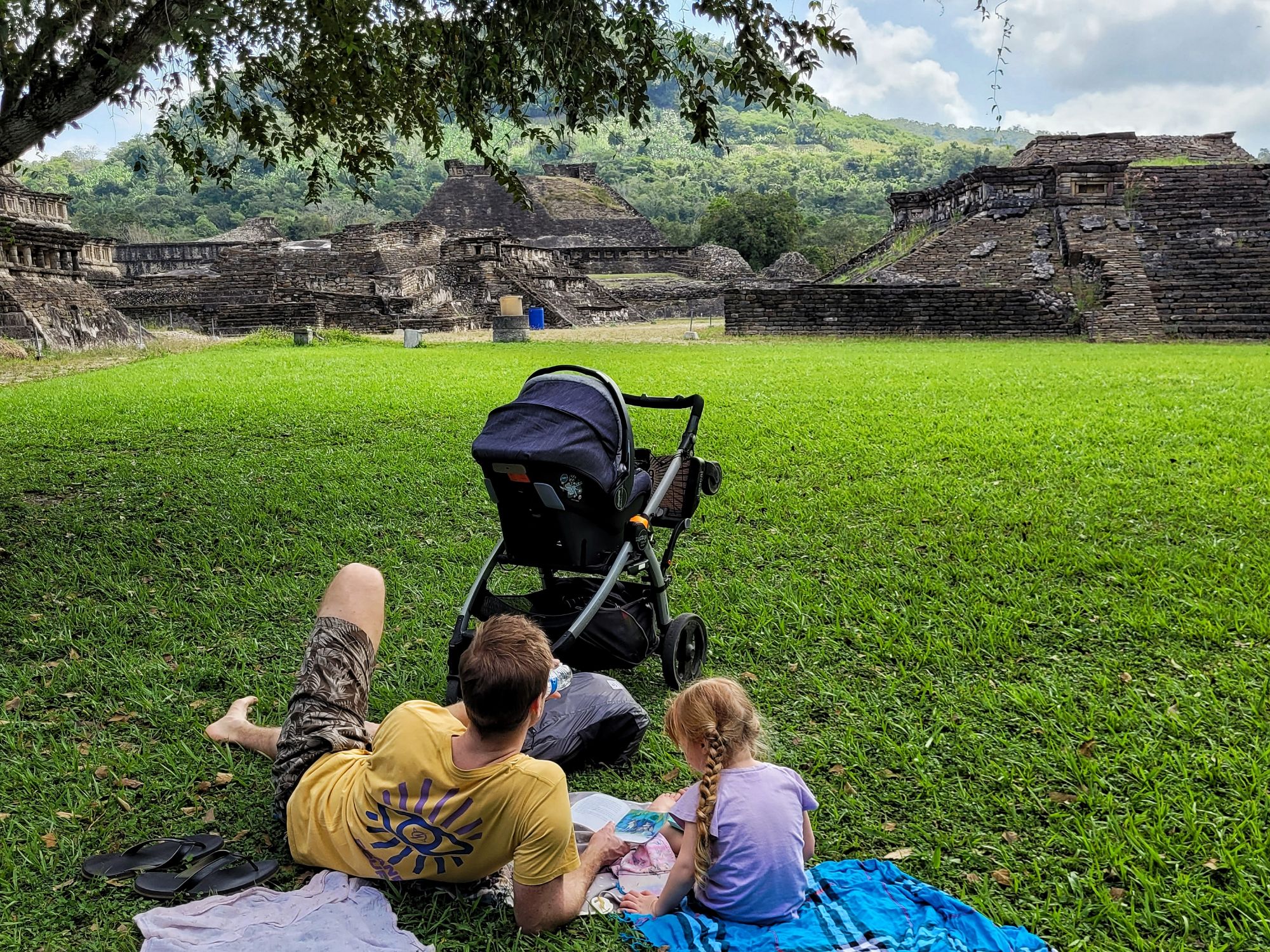
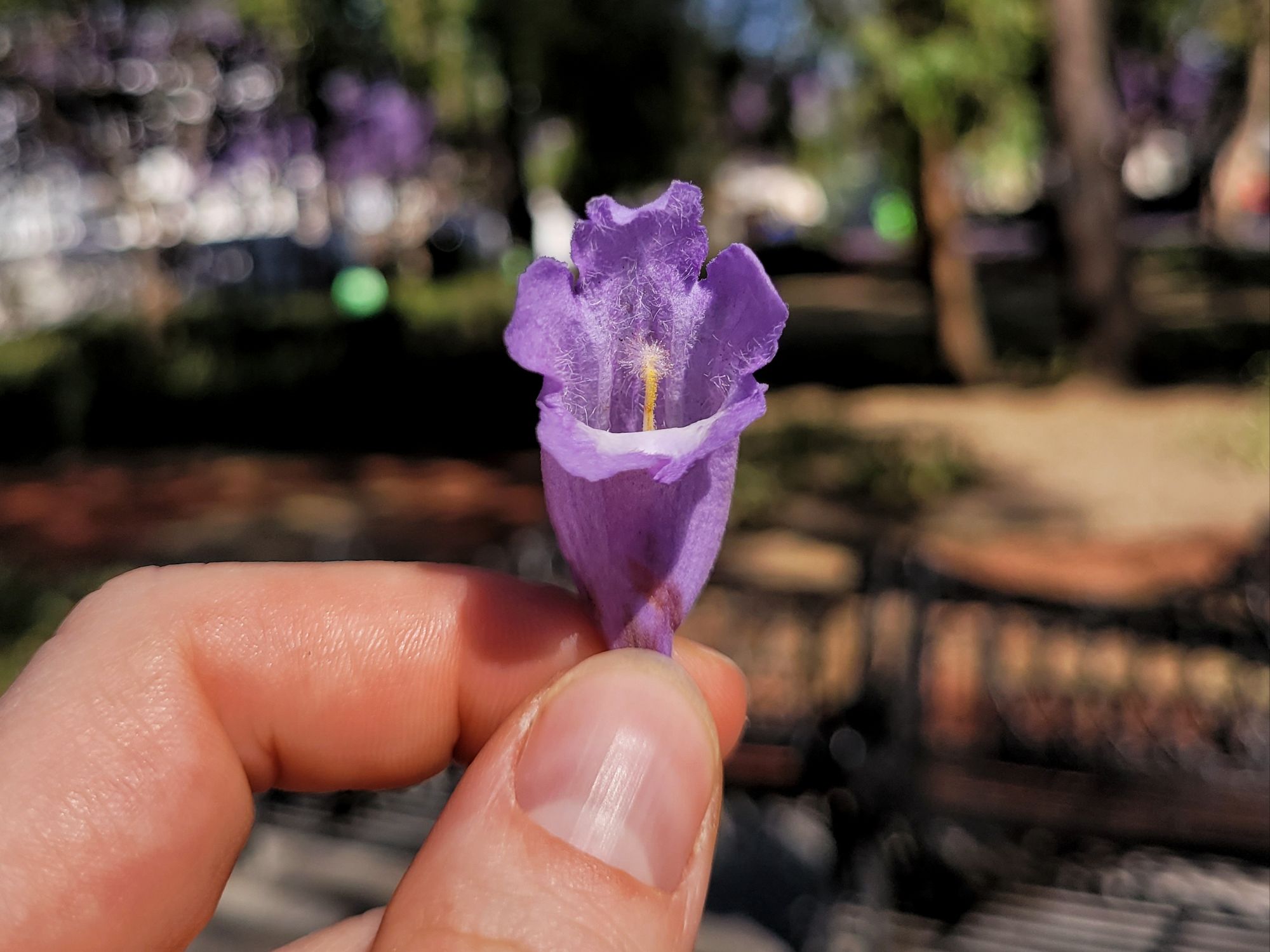

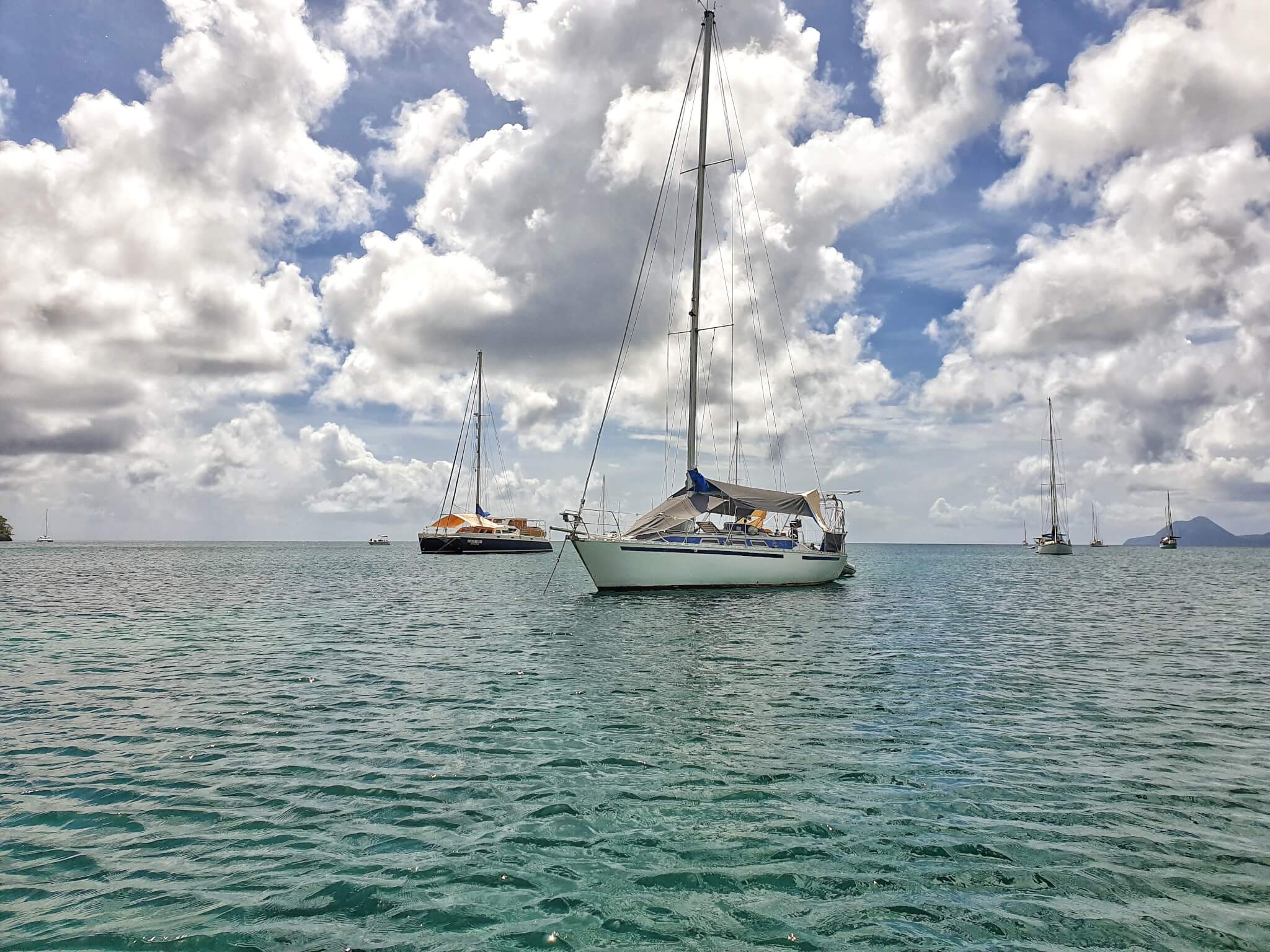
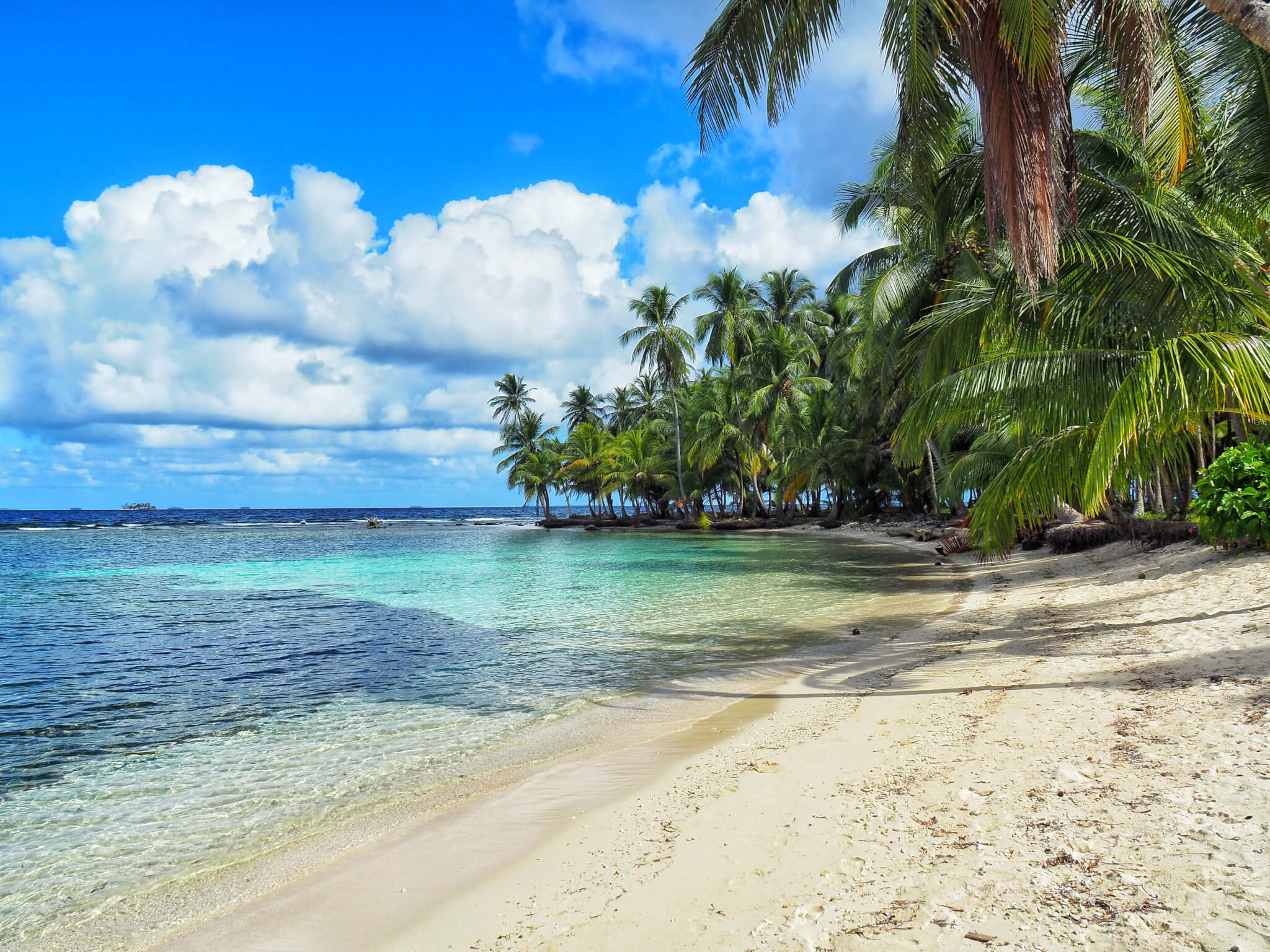
Leave A Comment